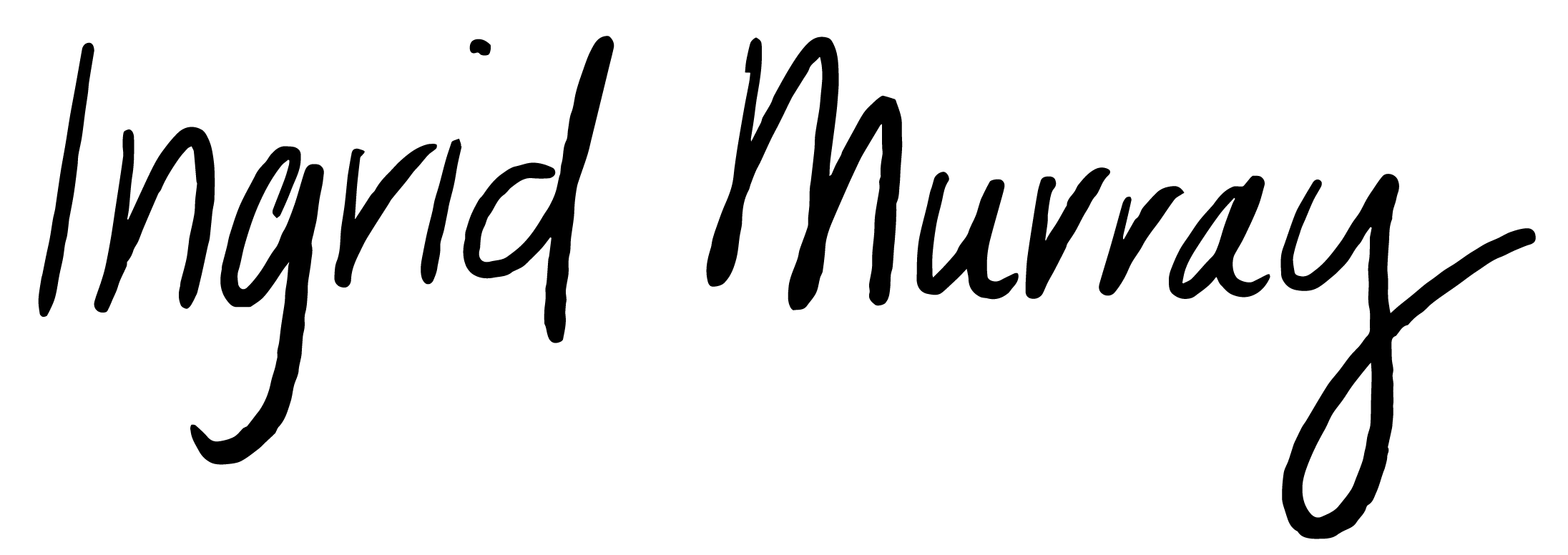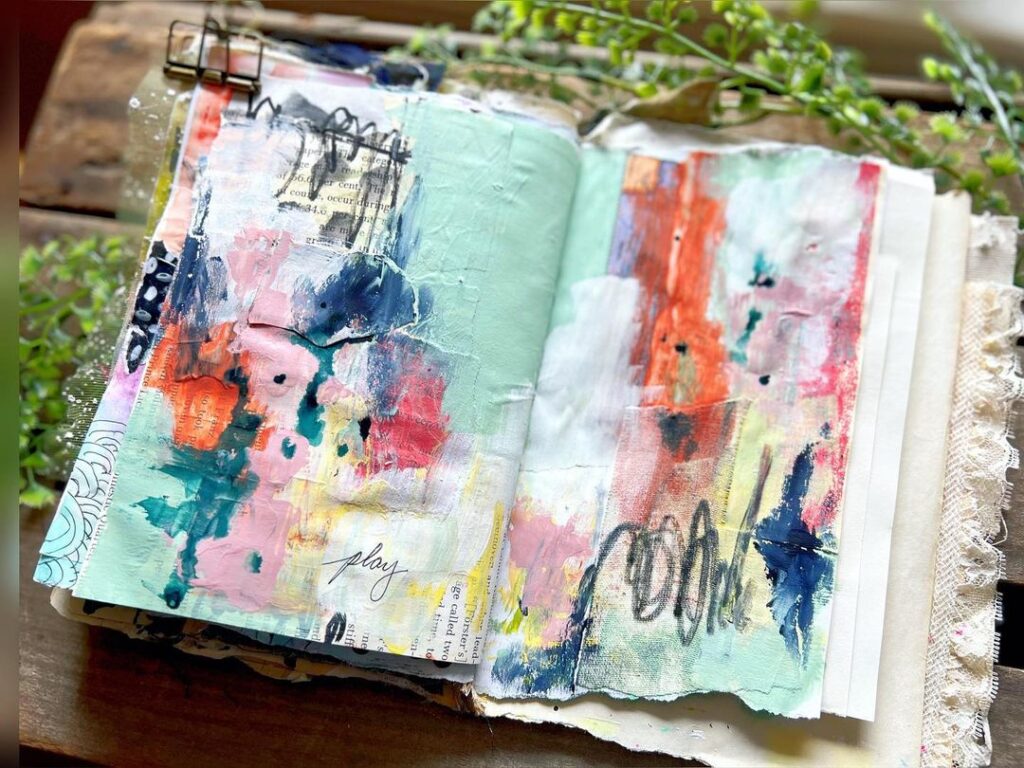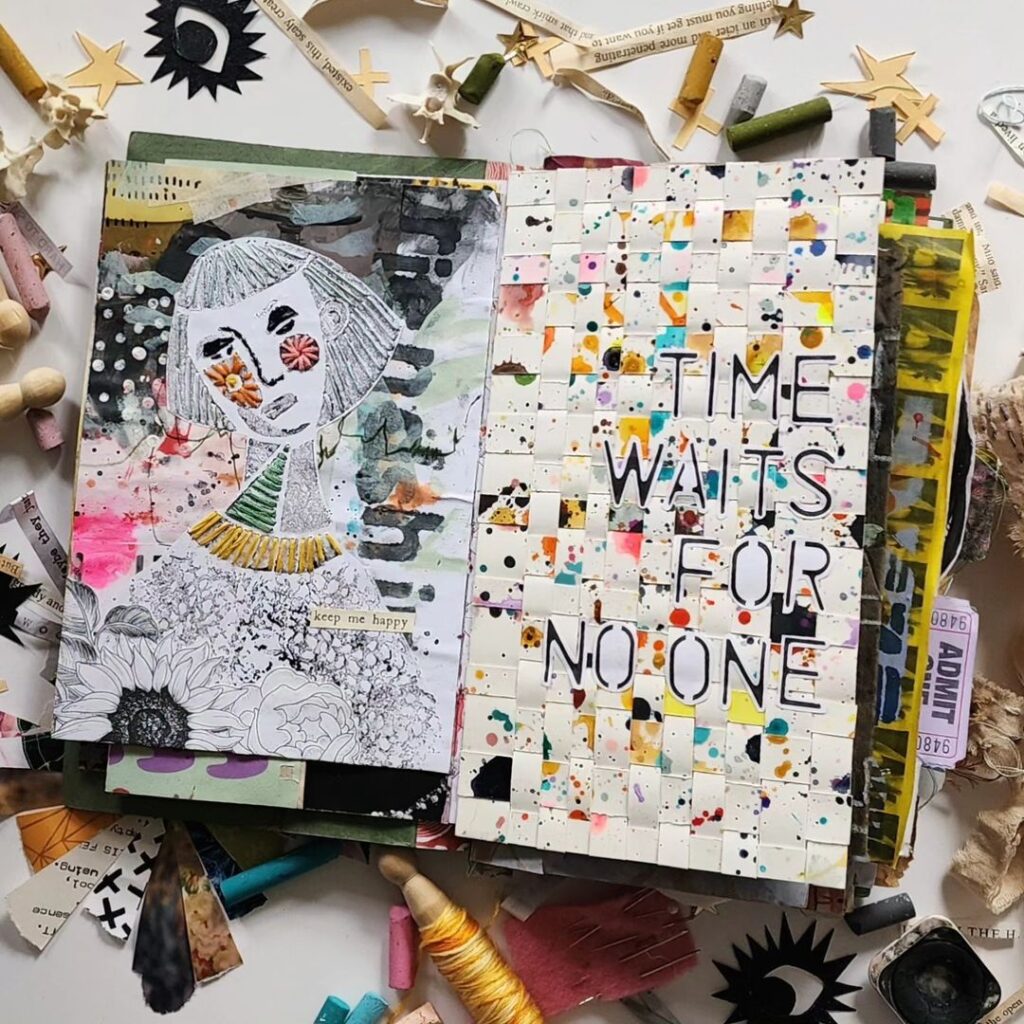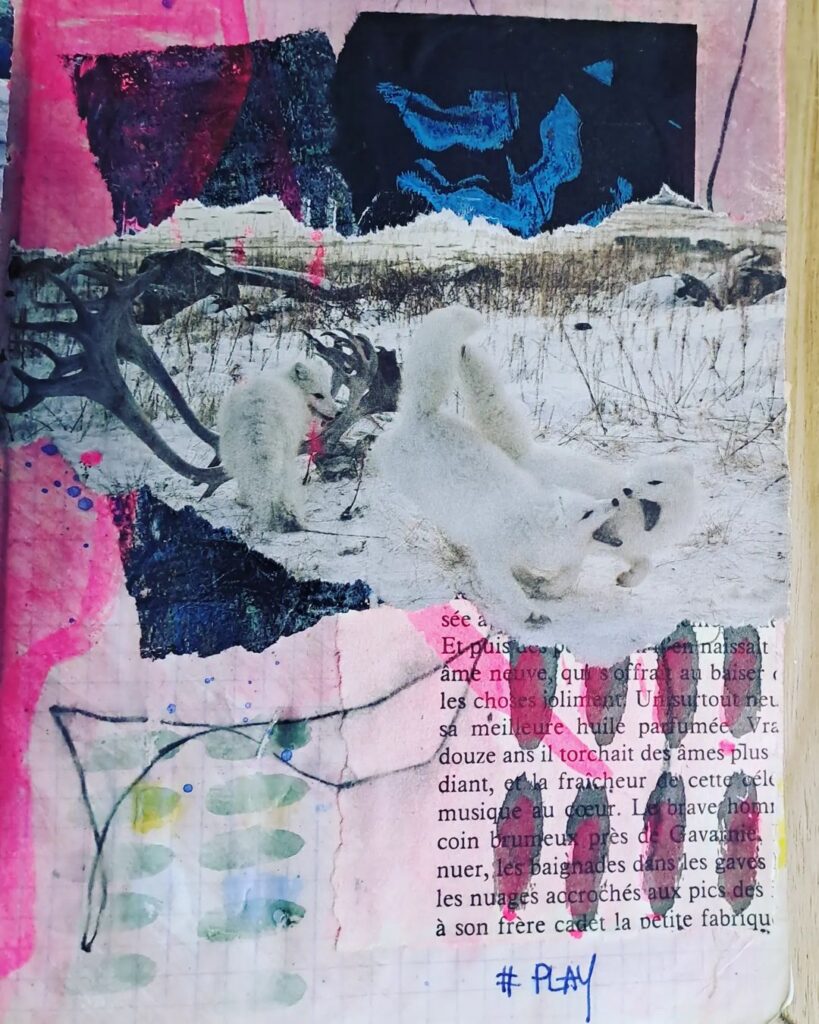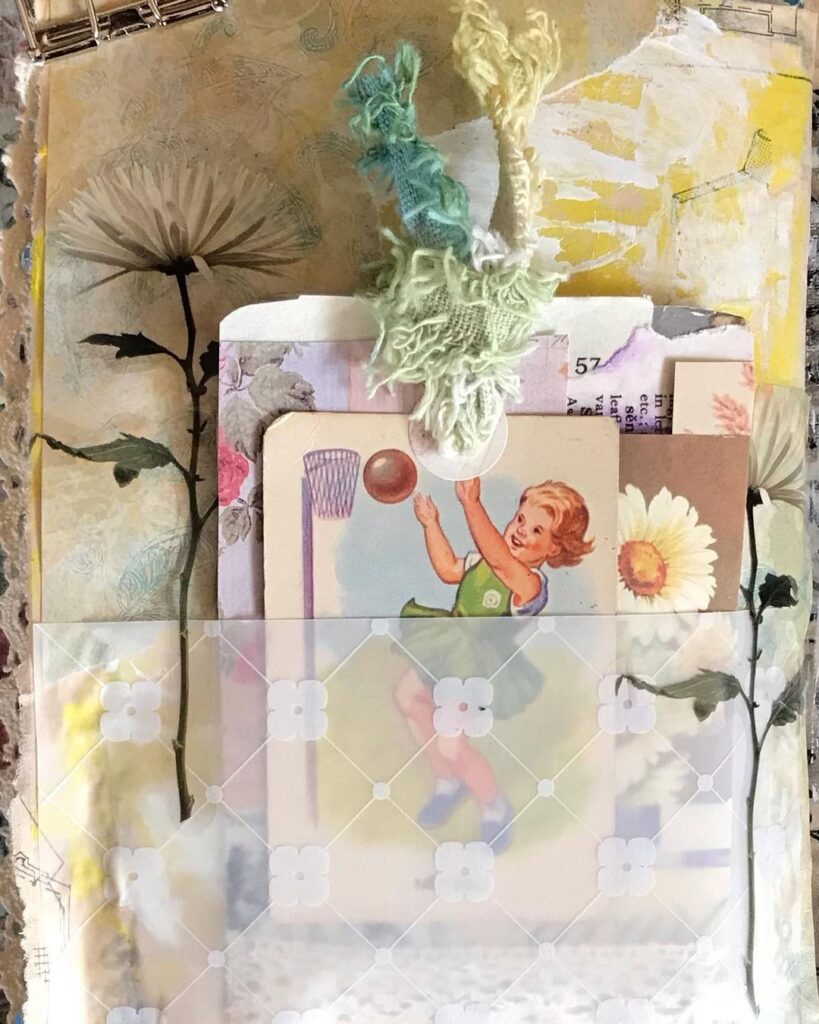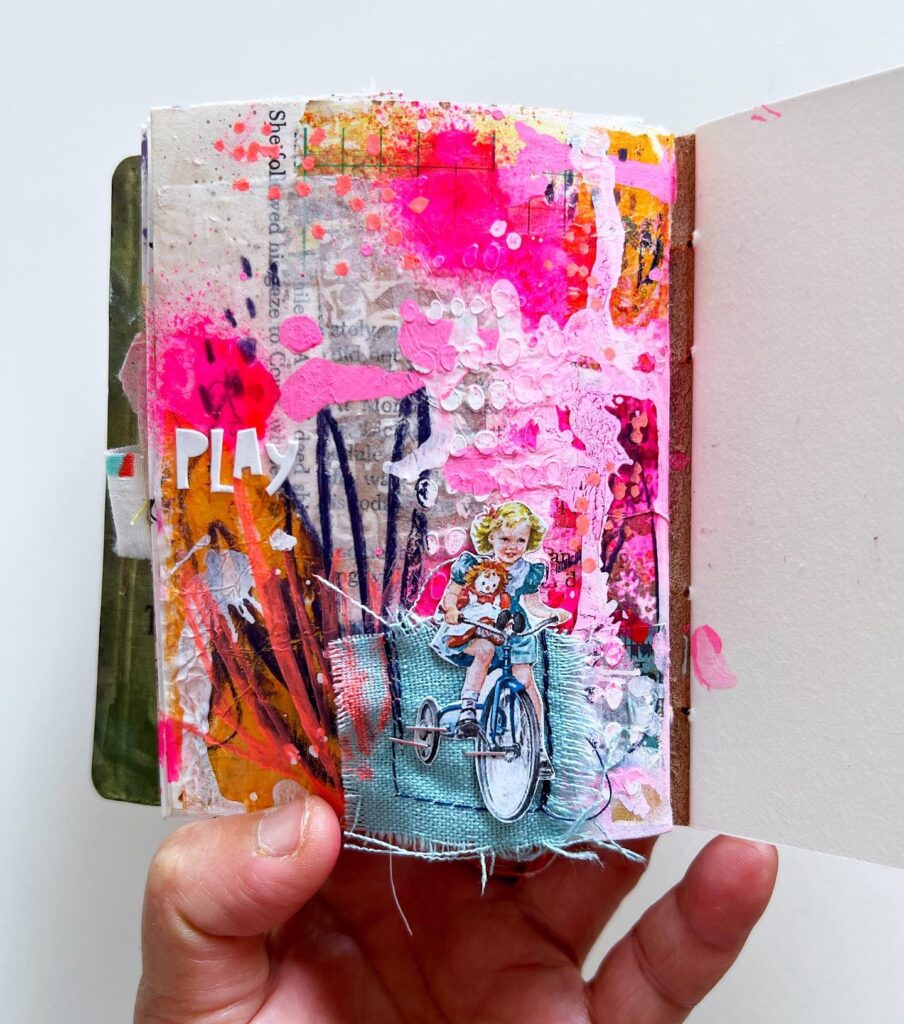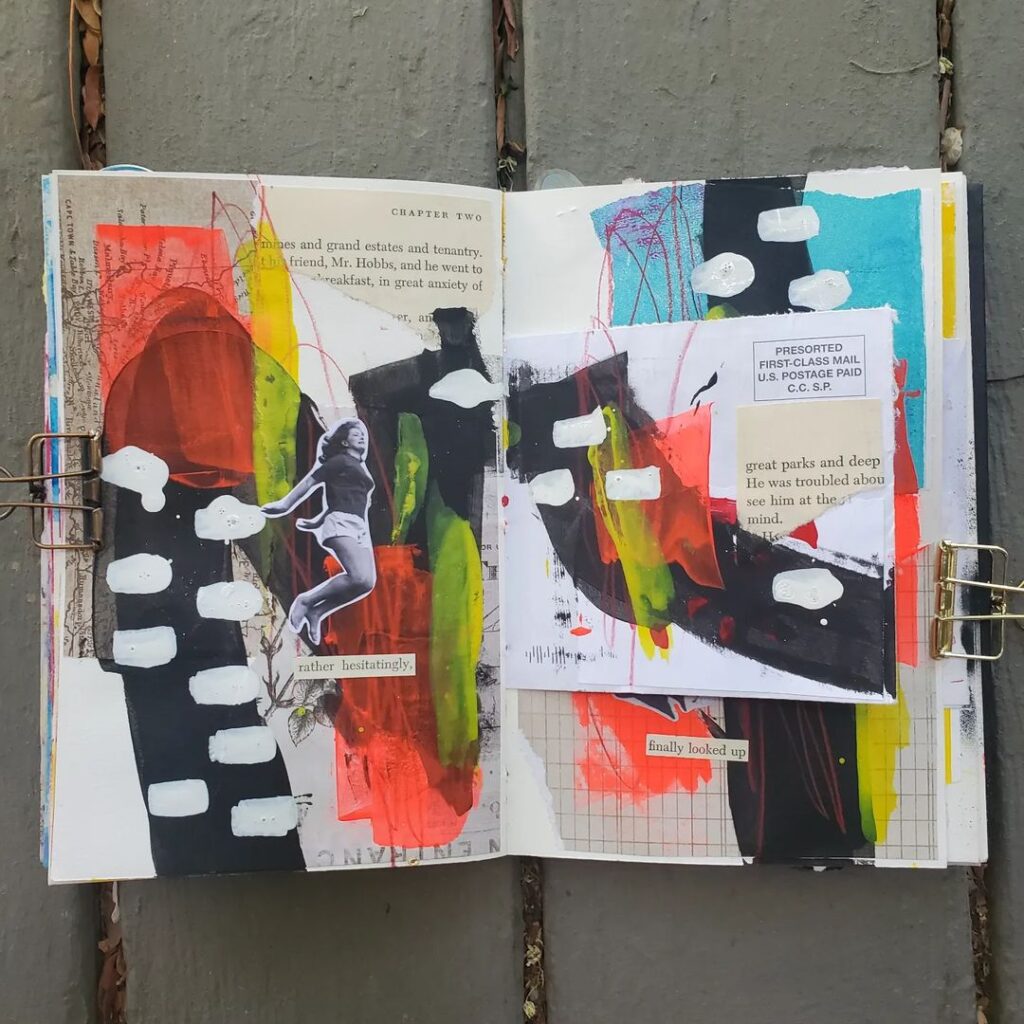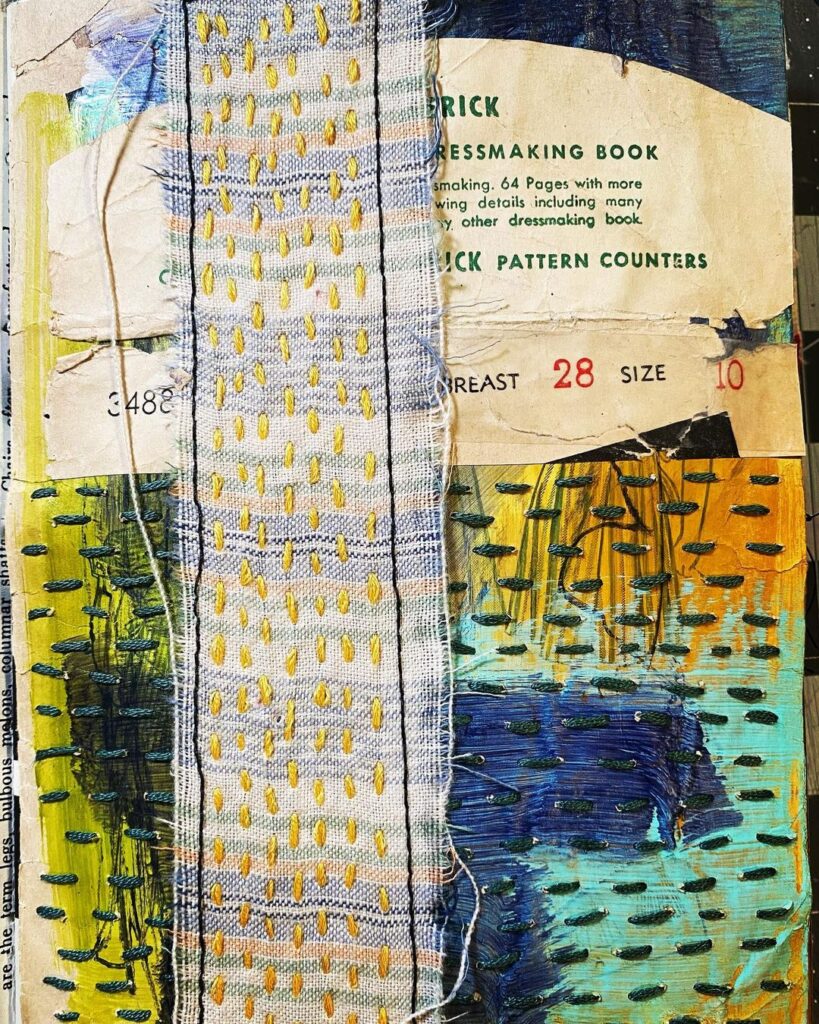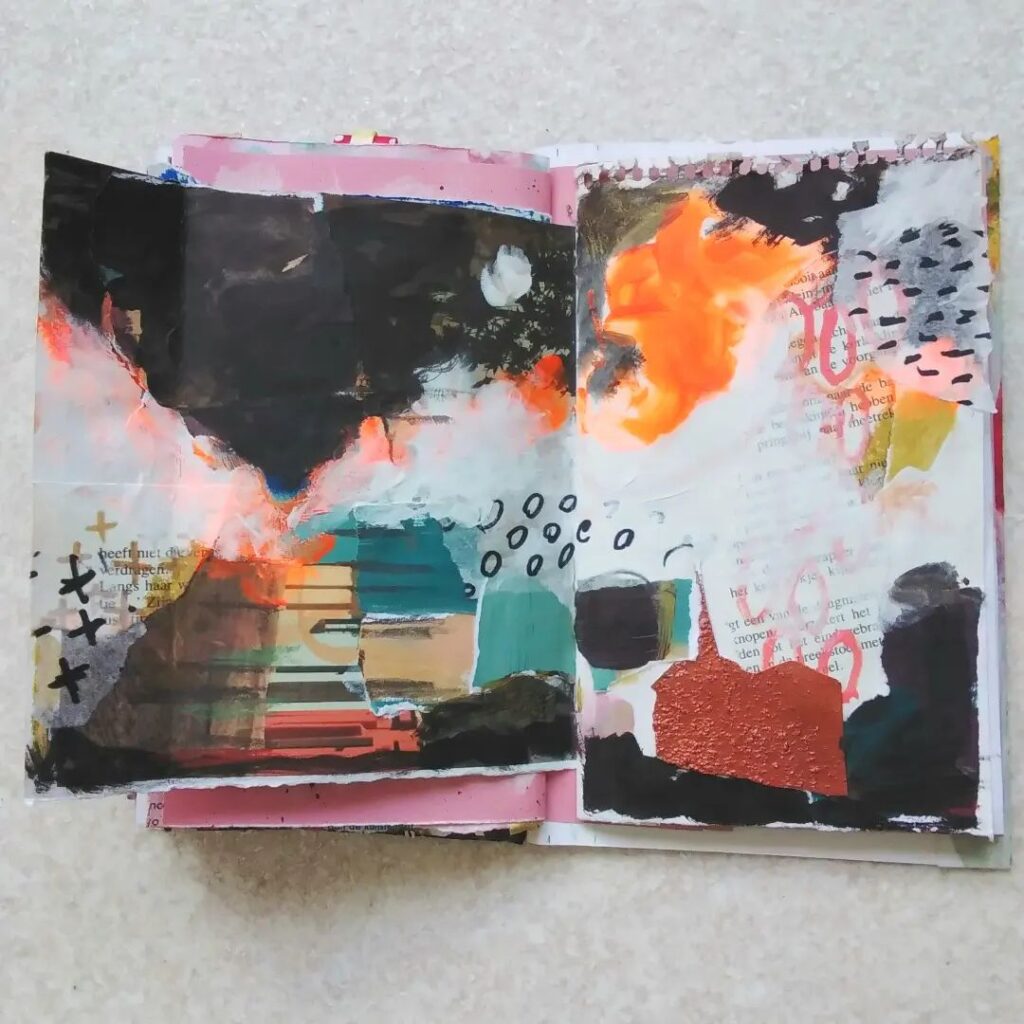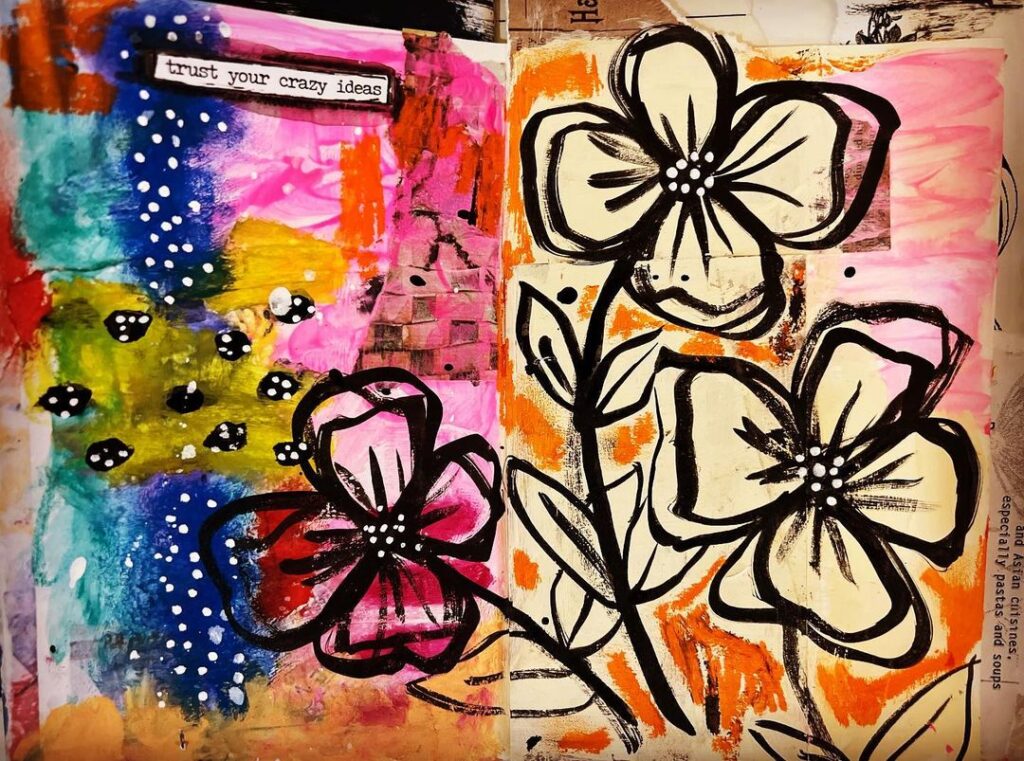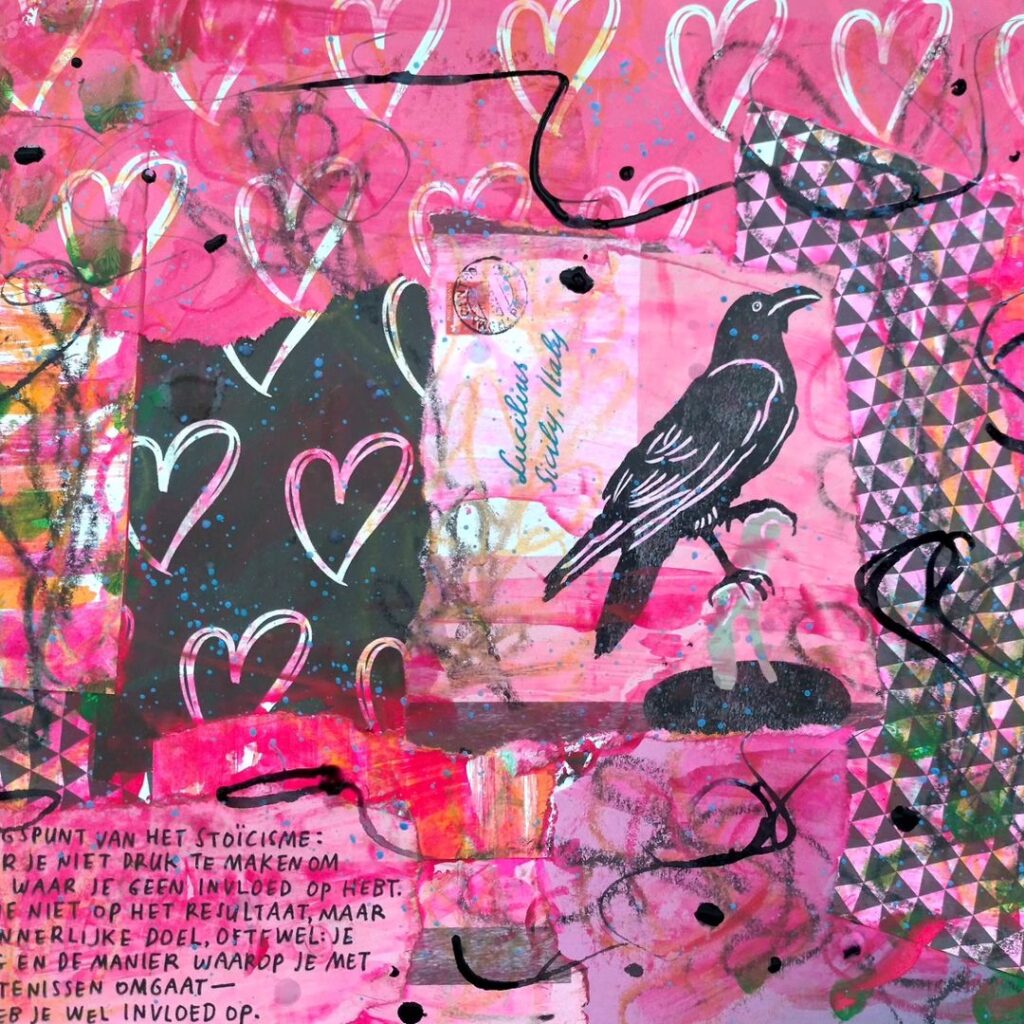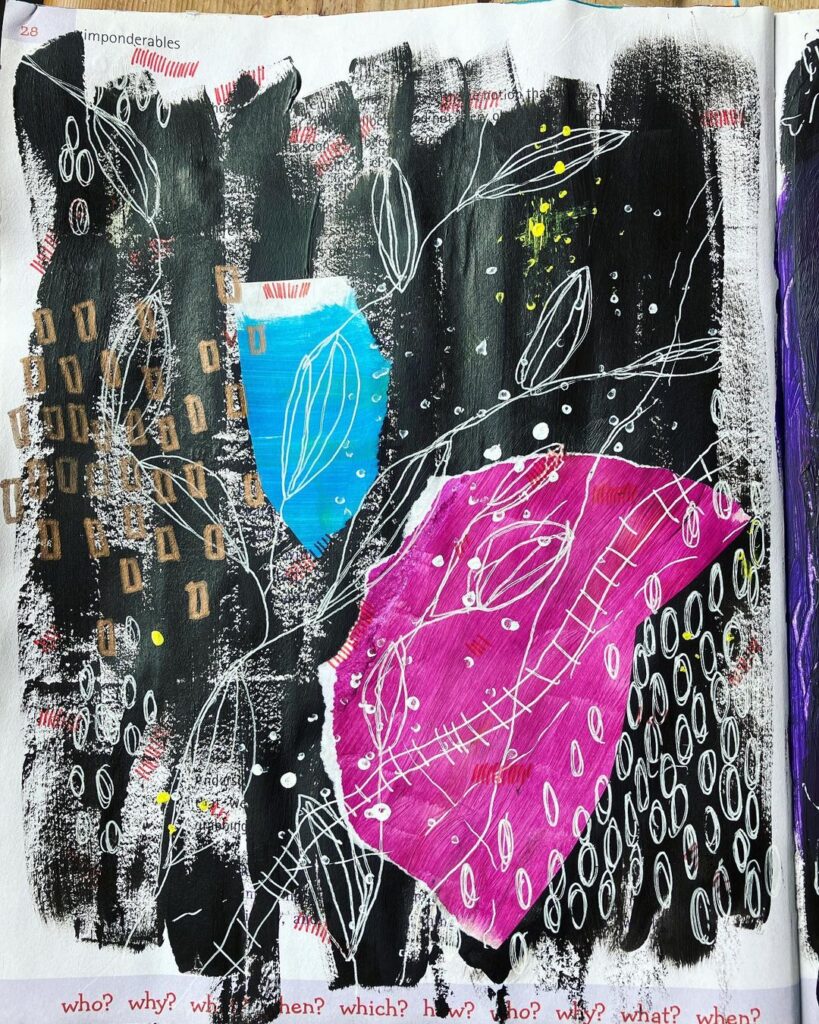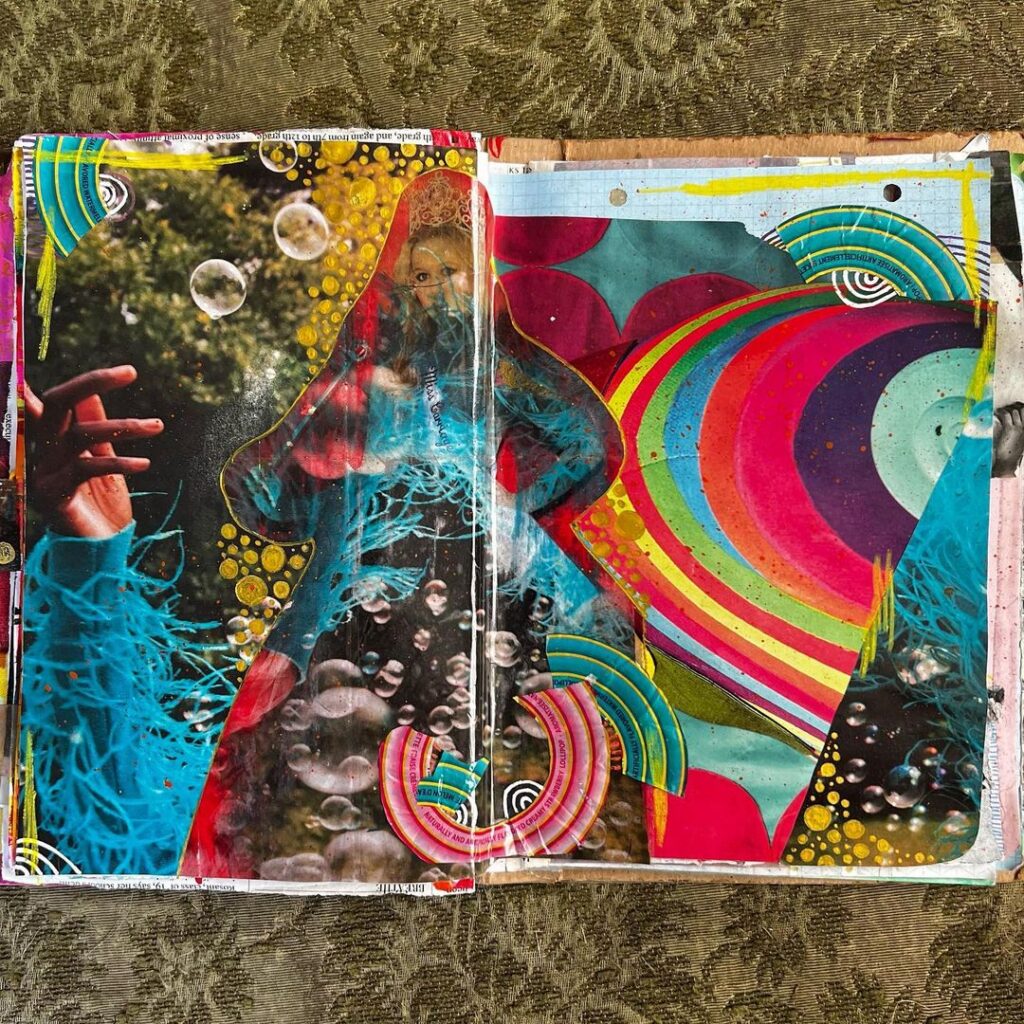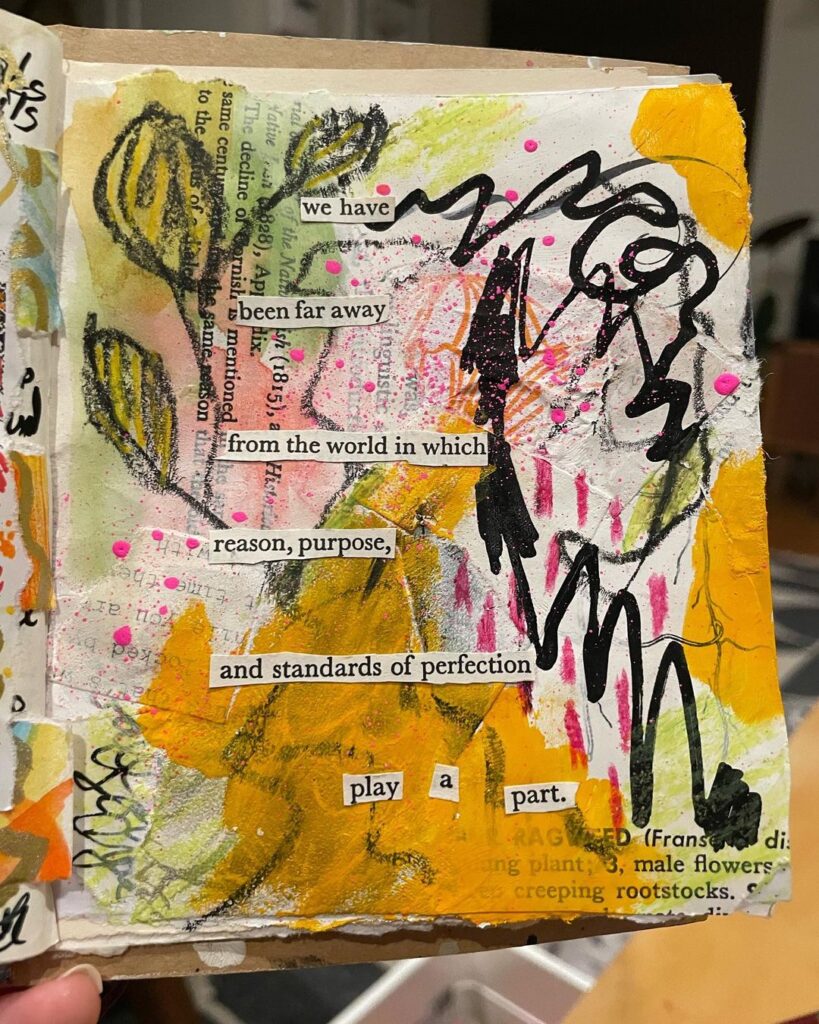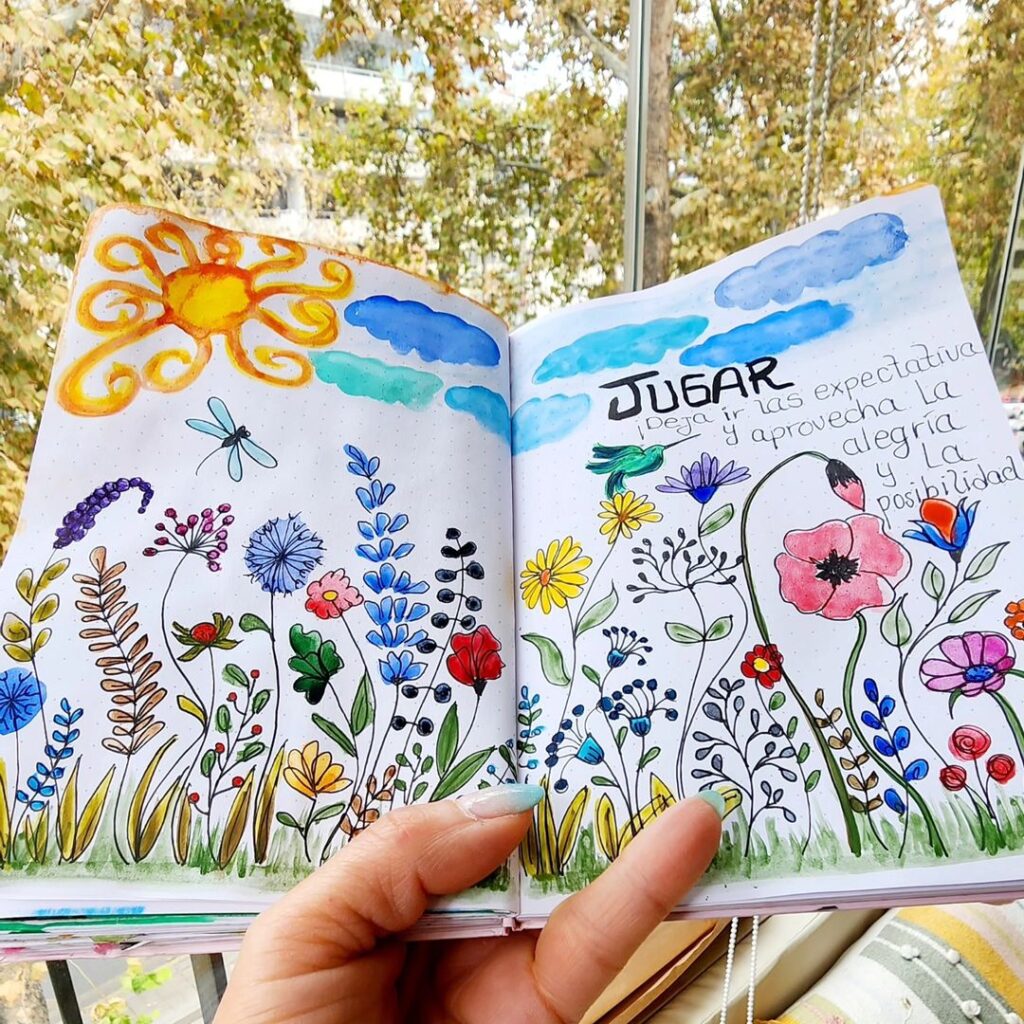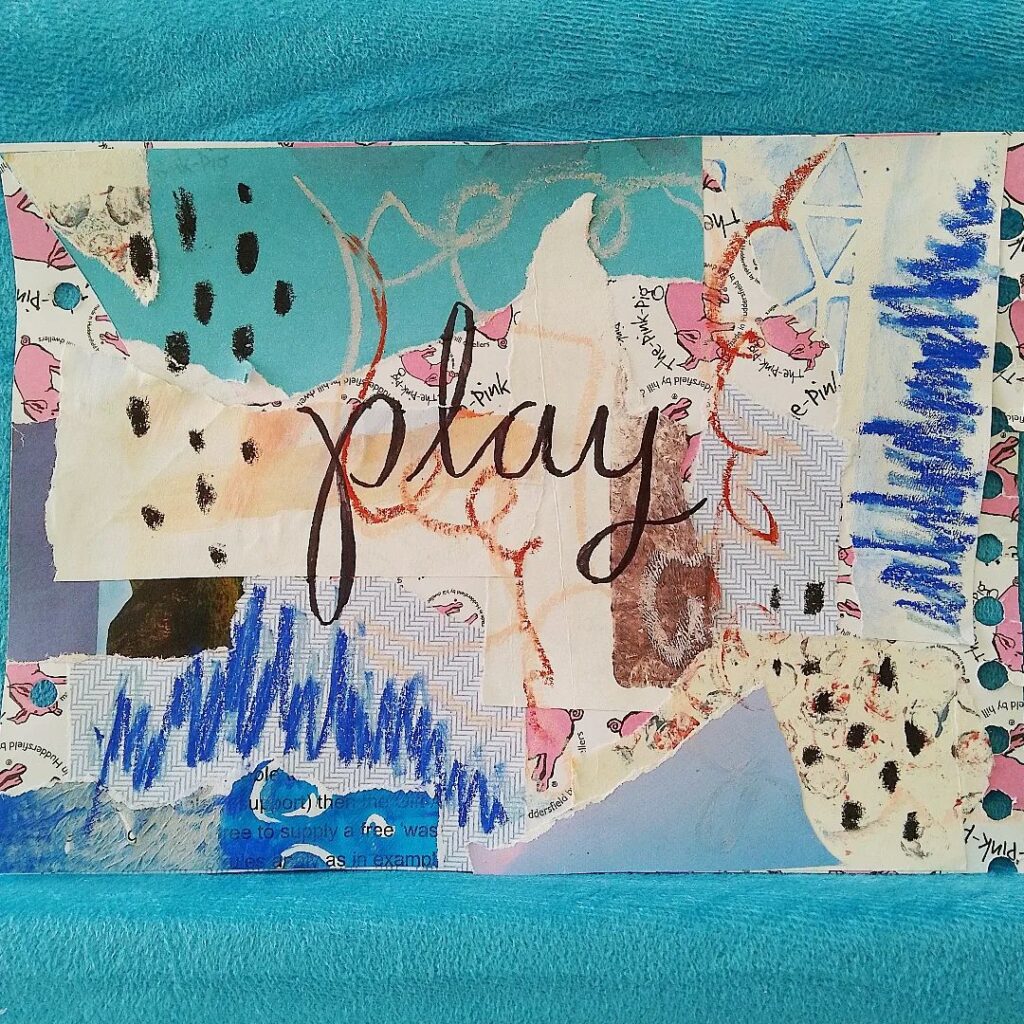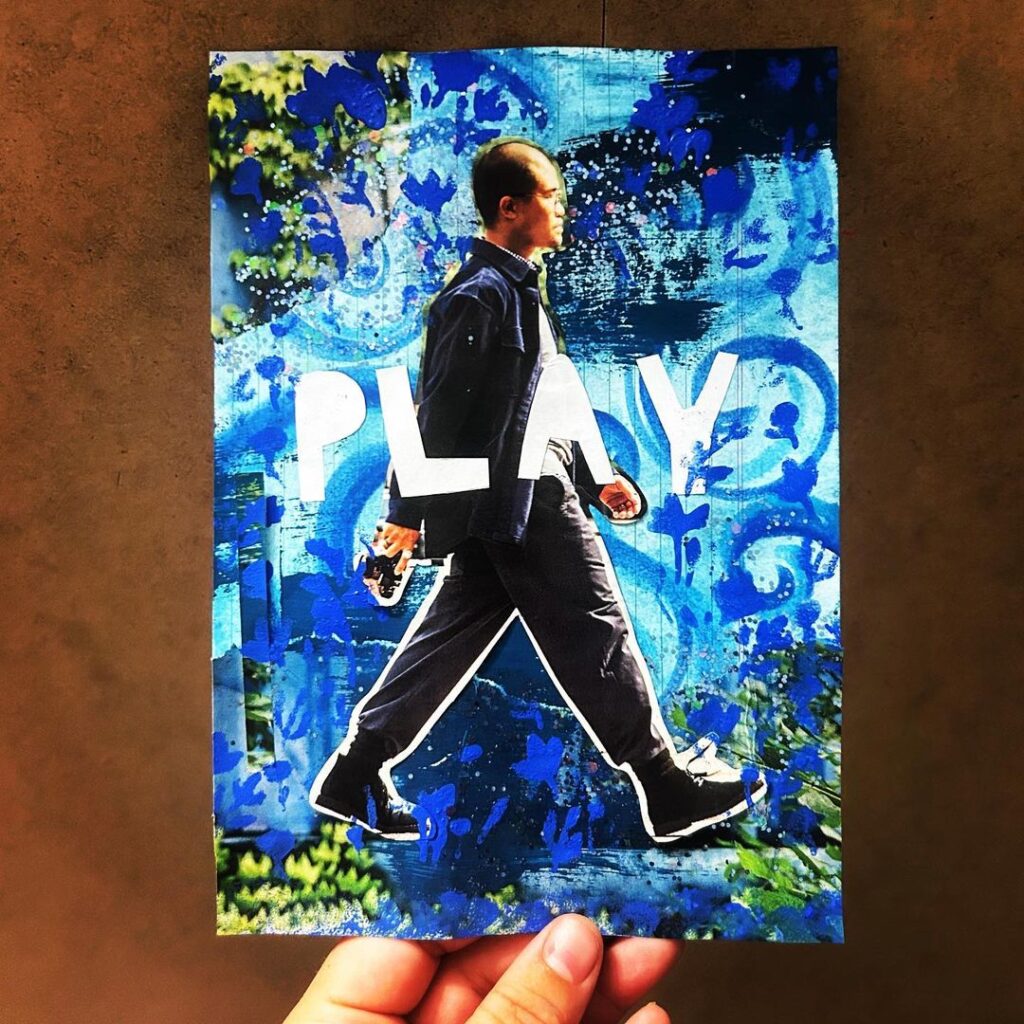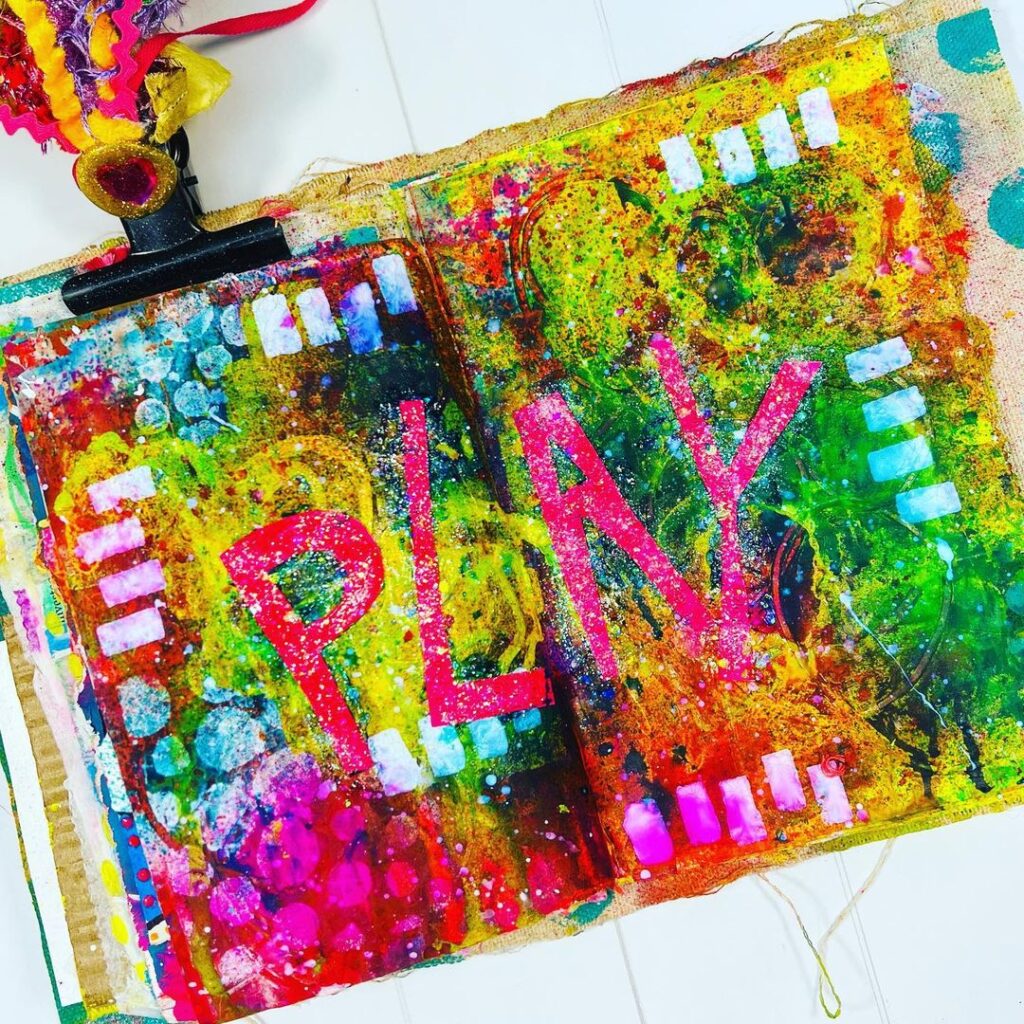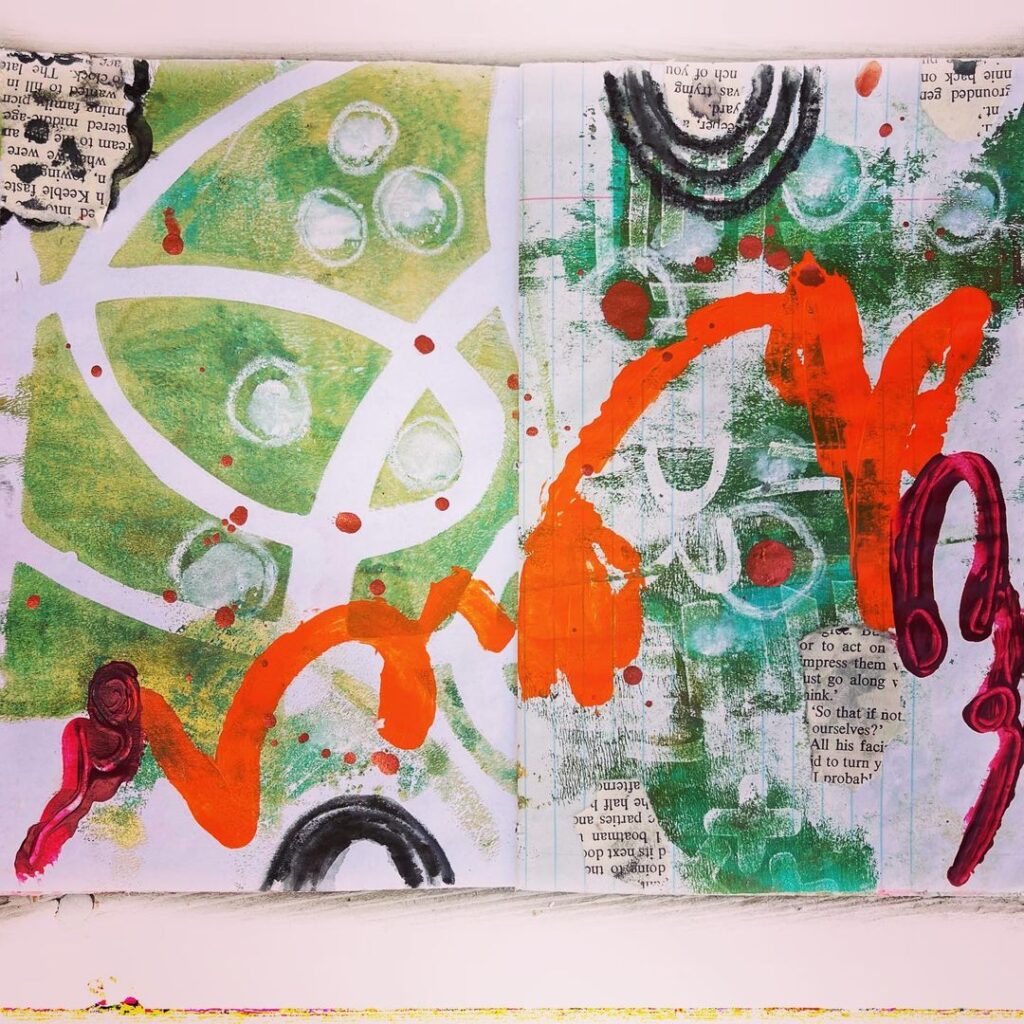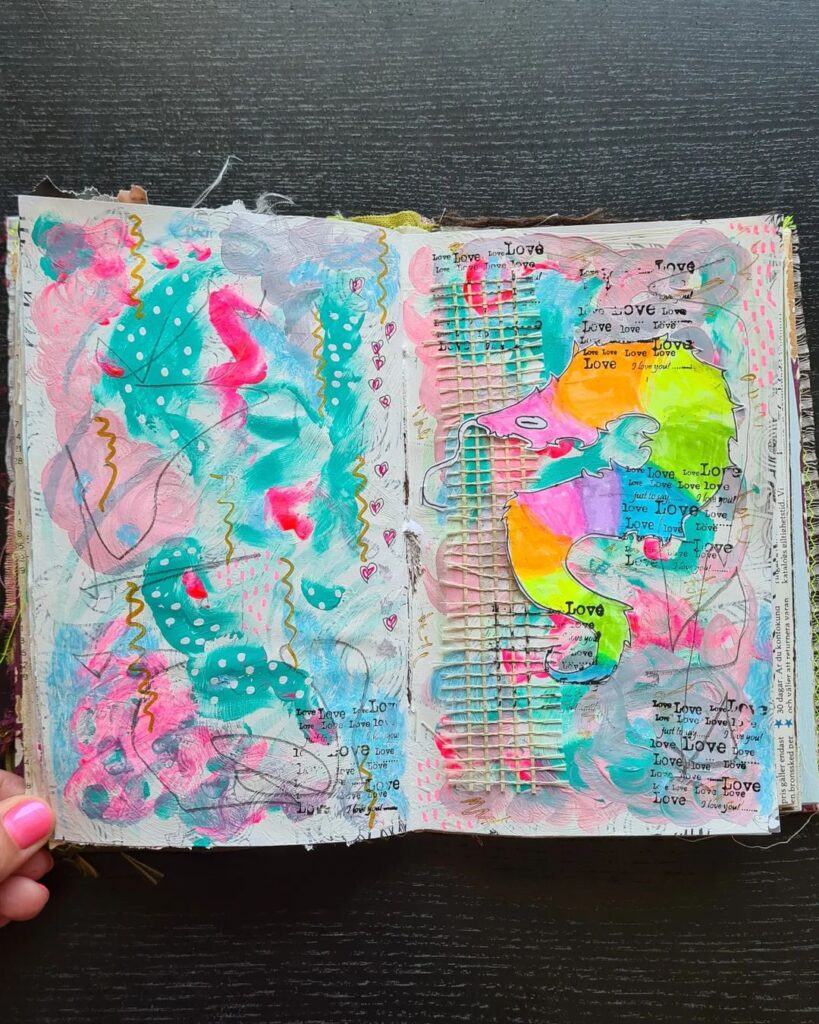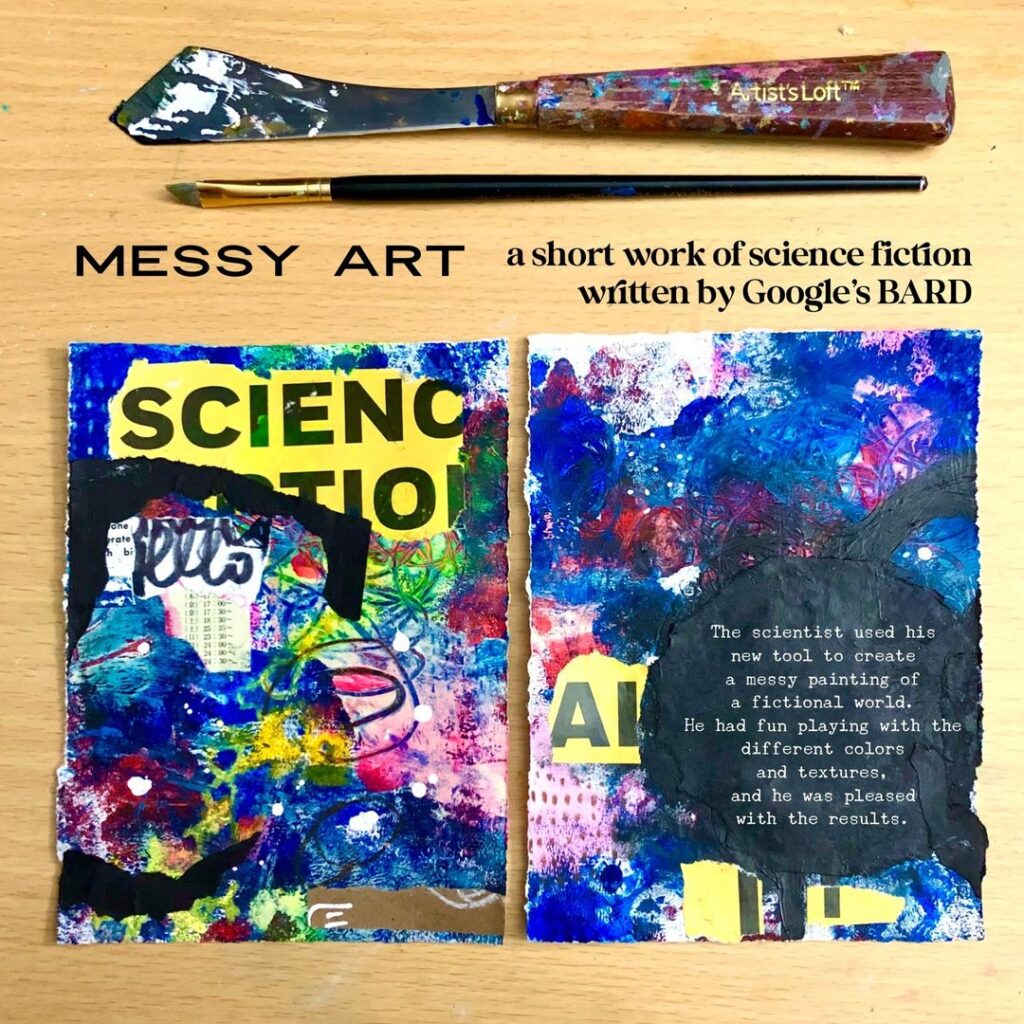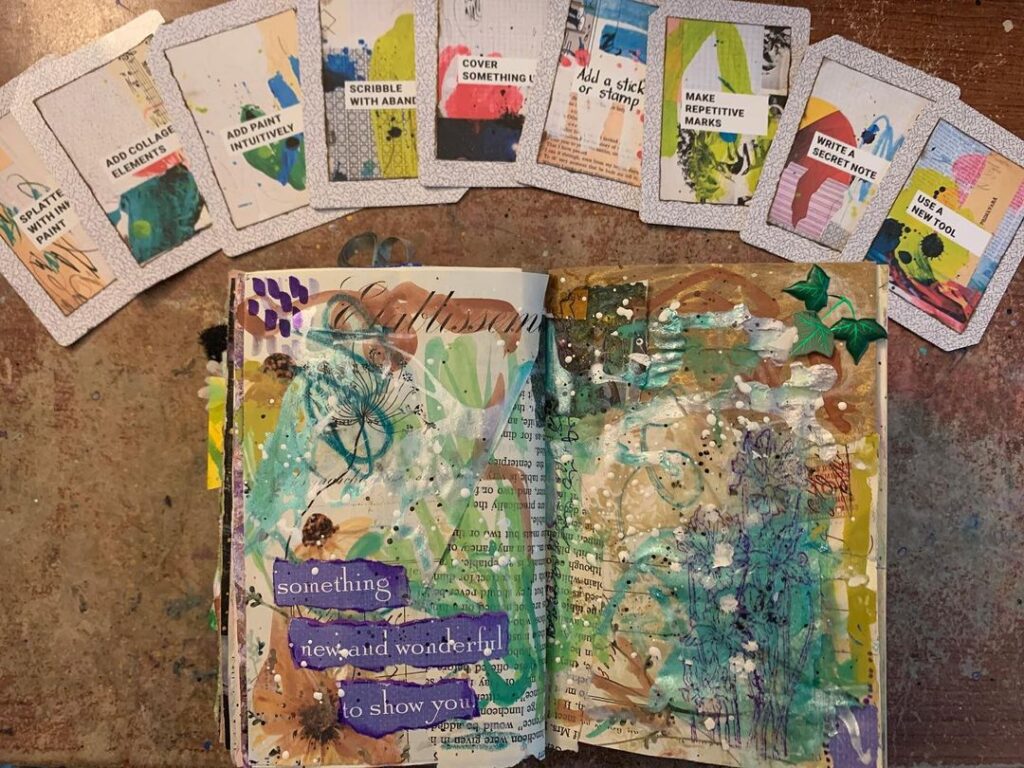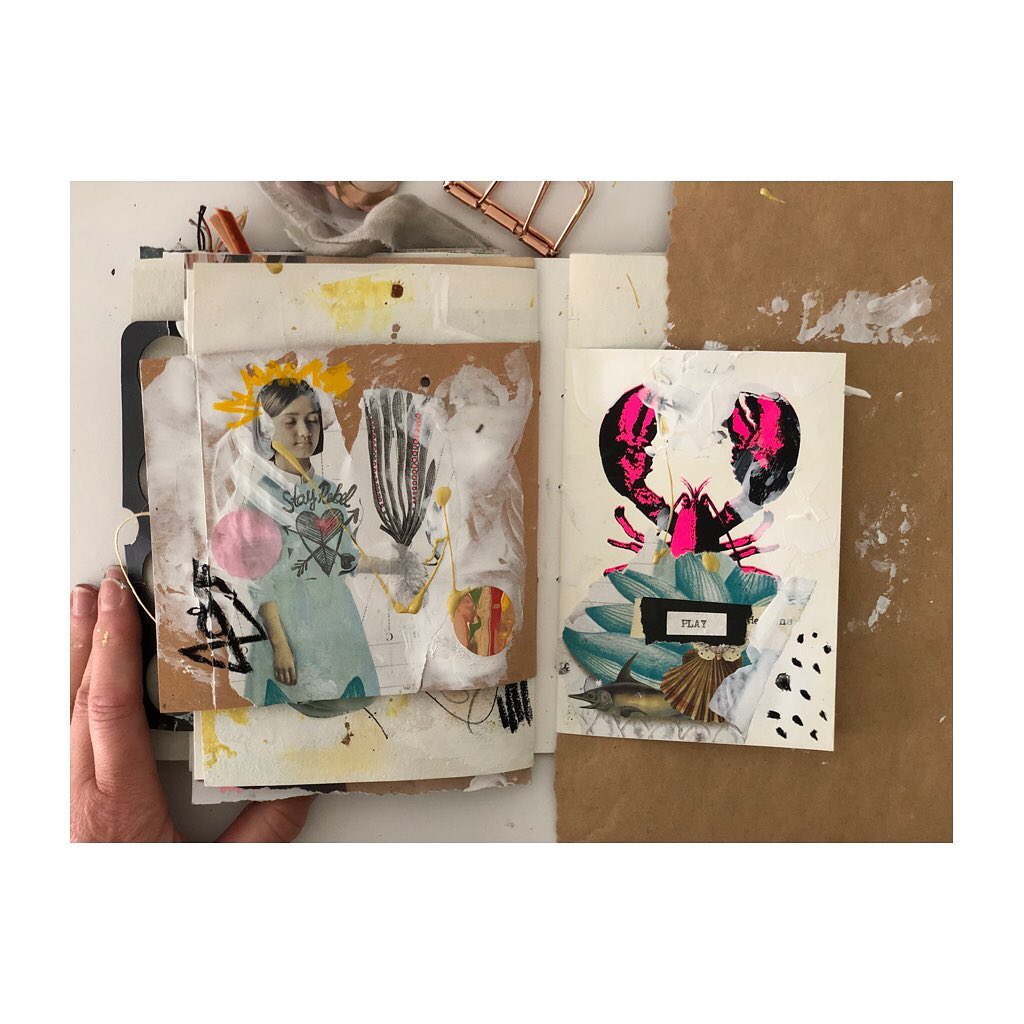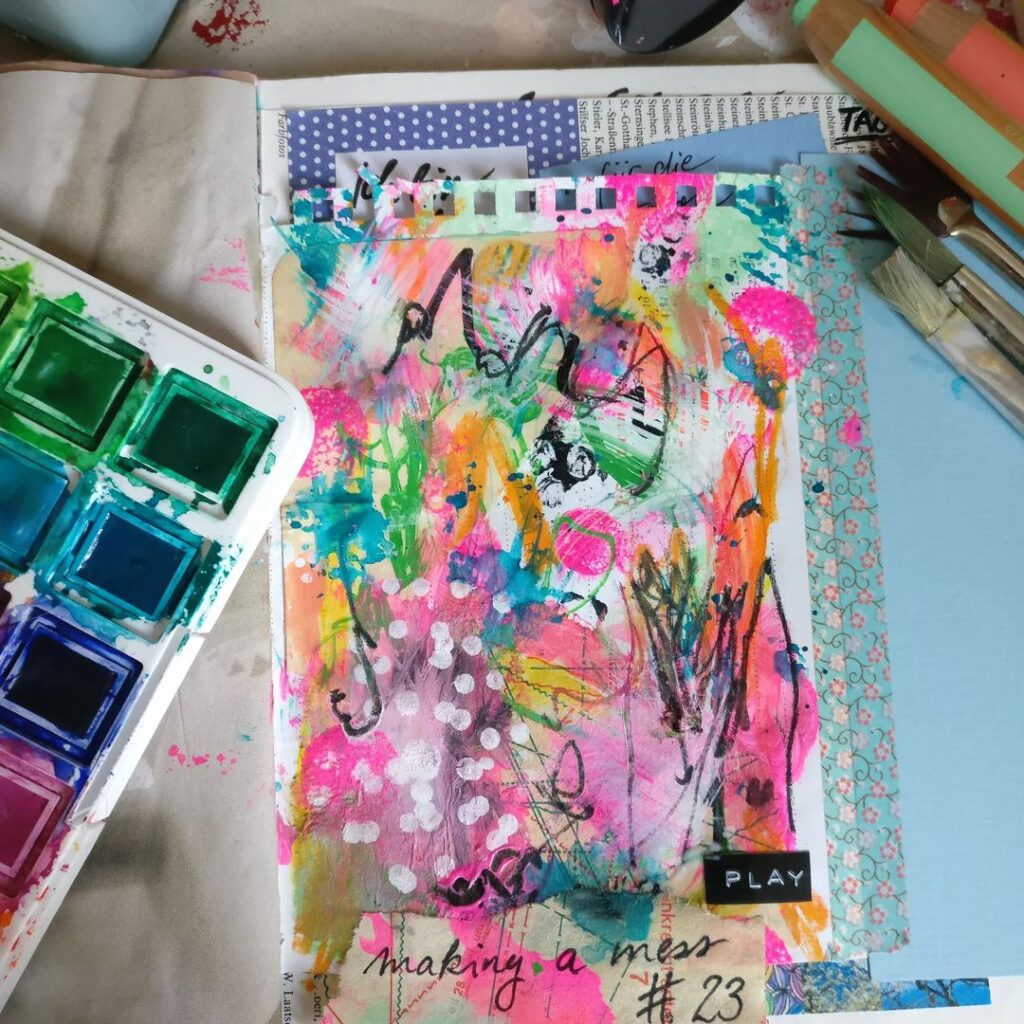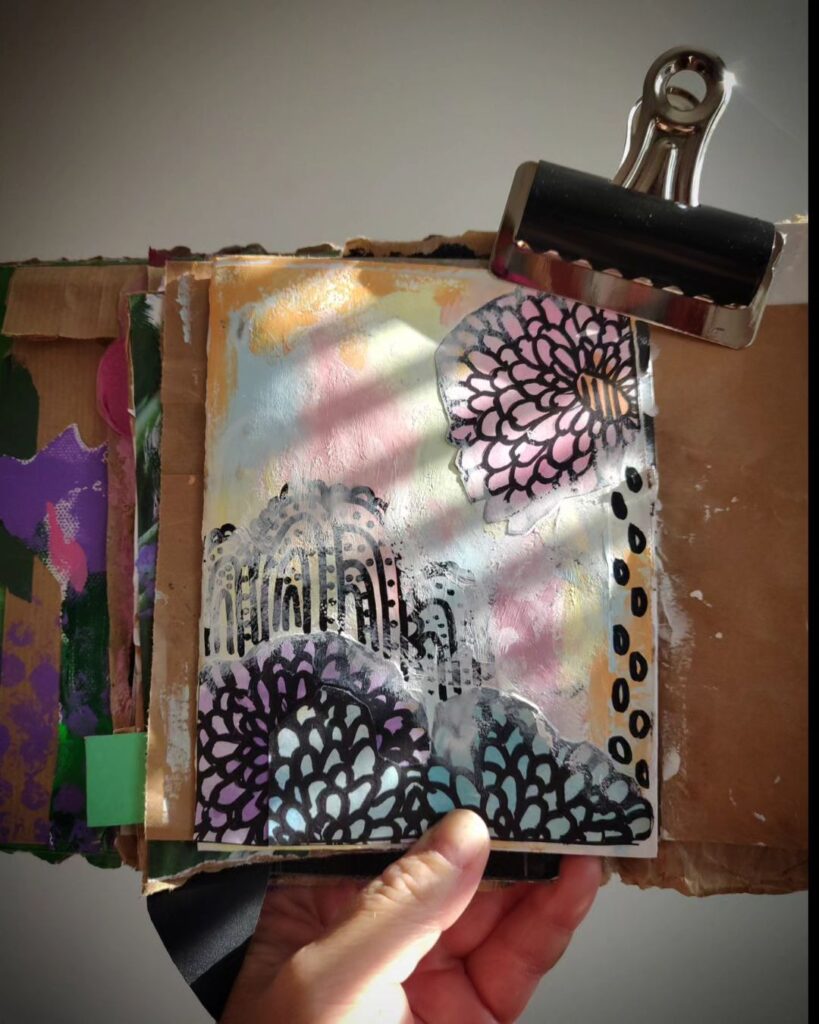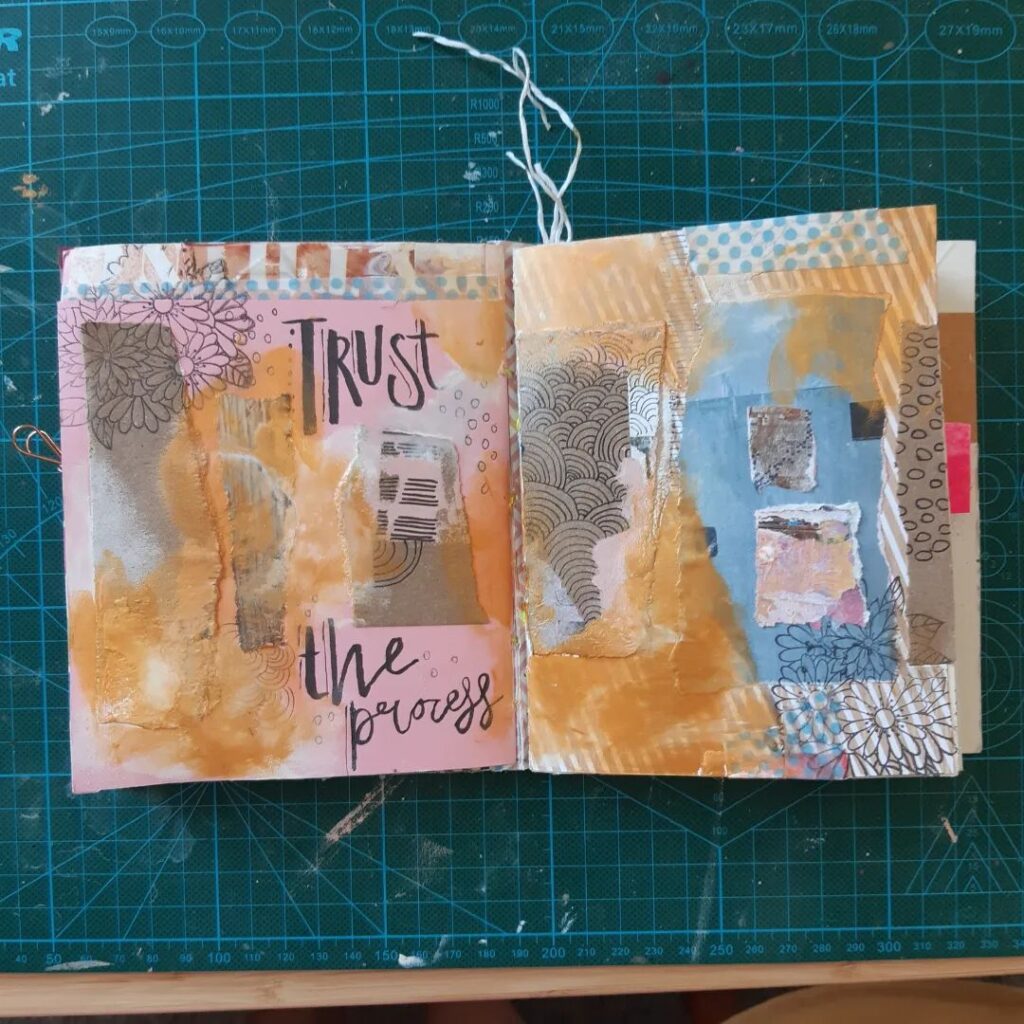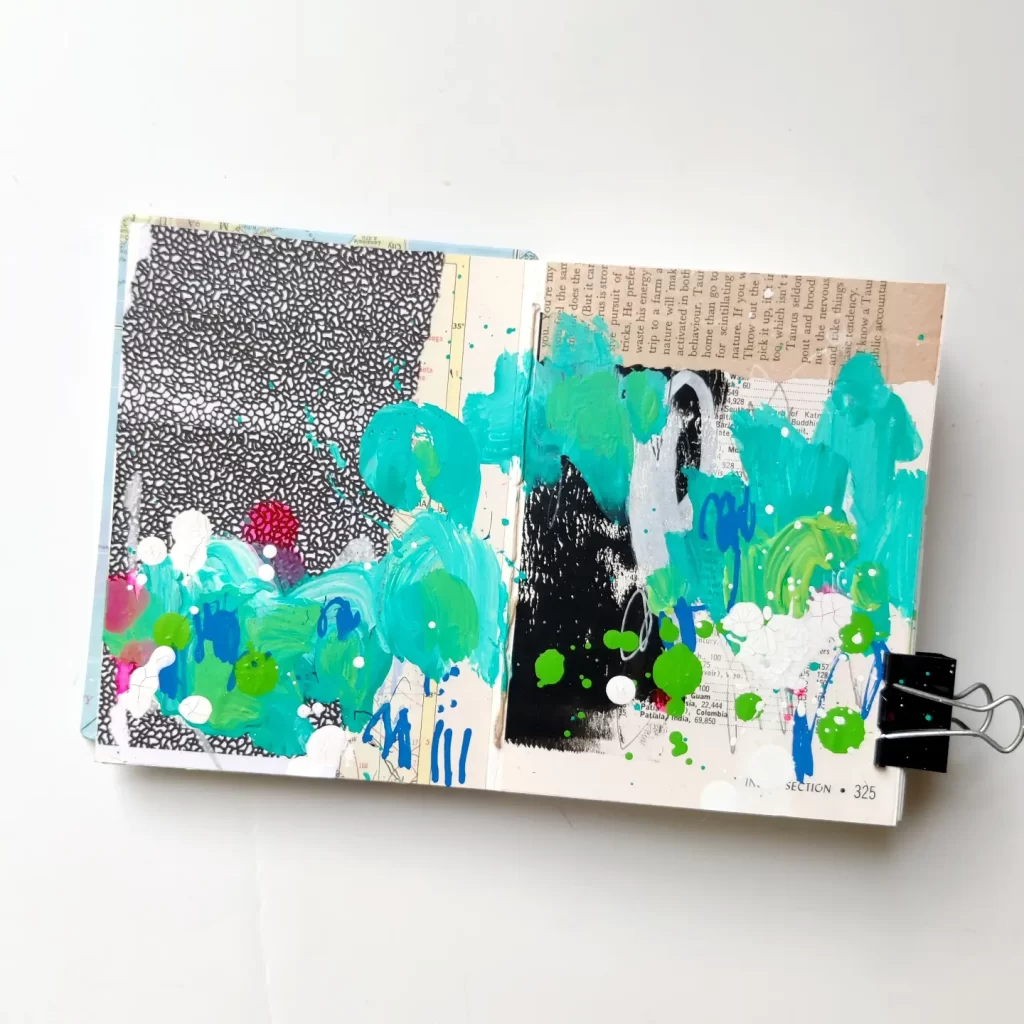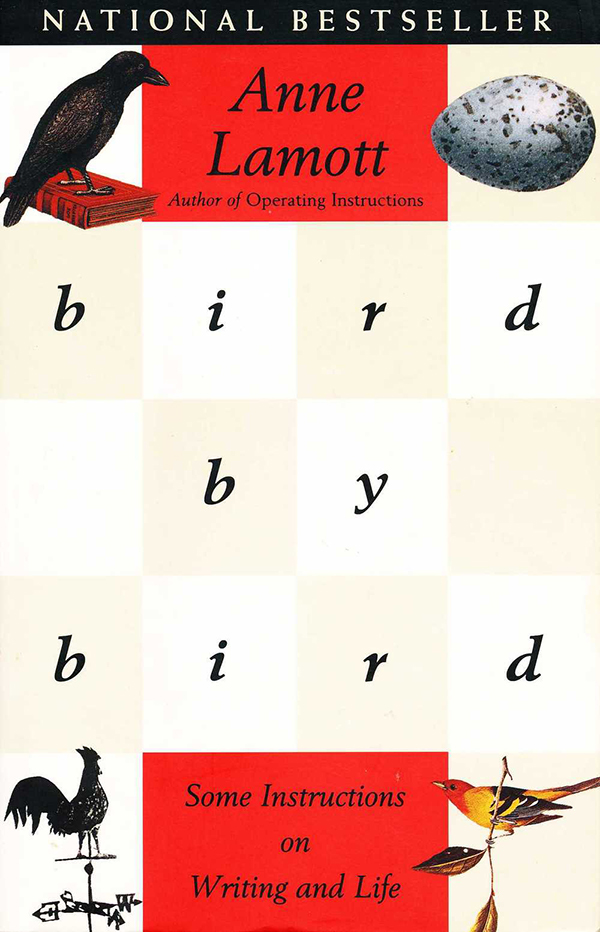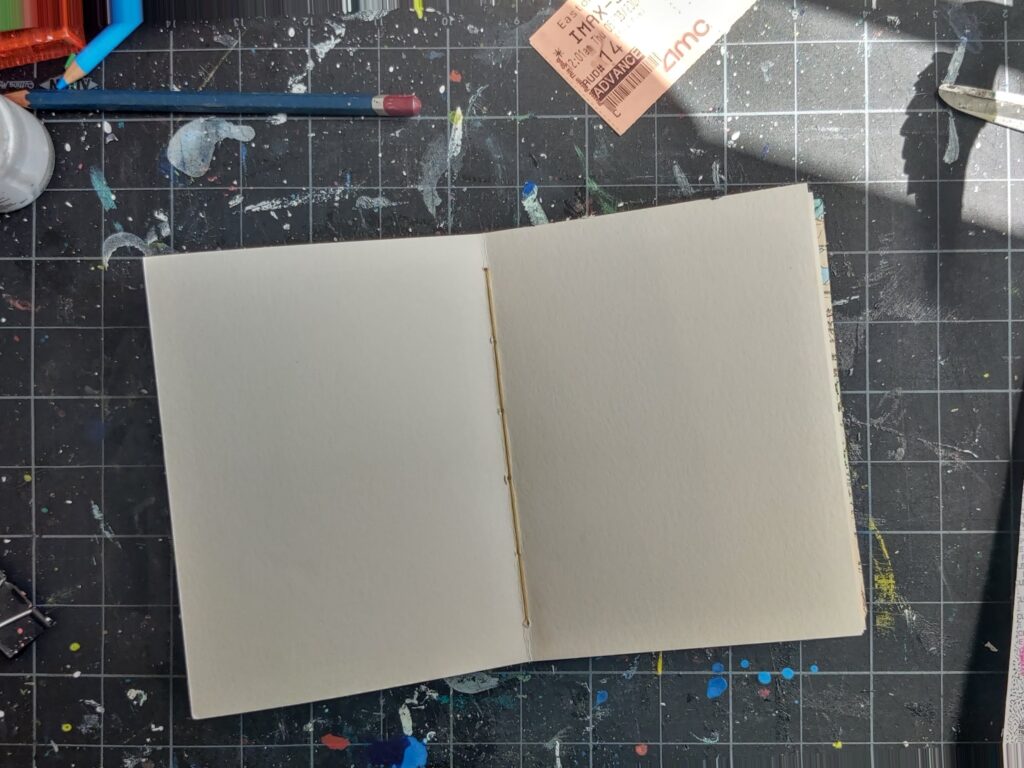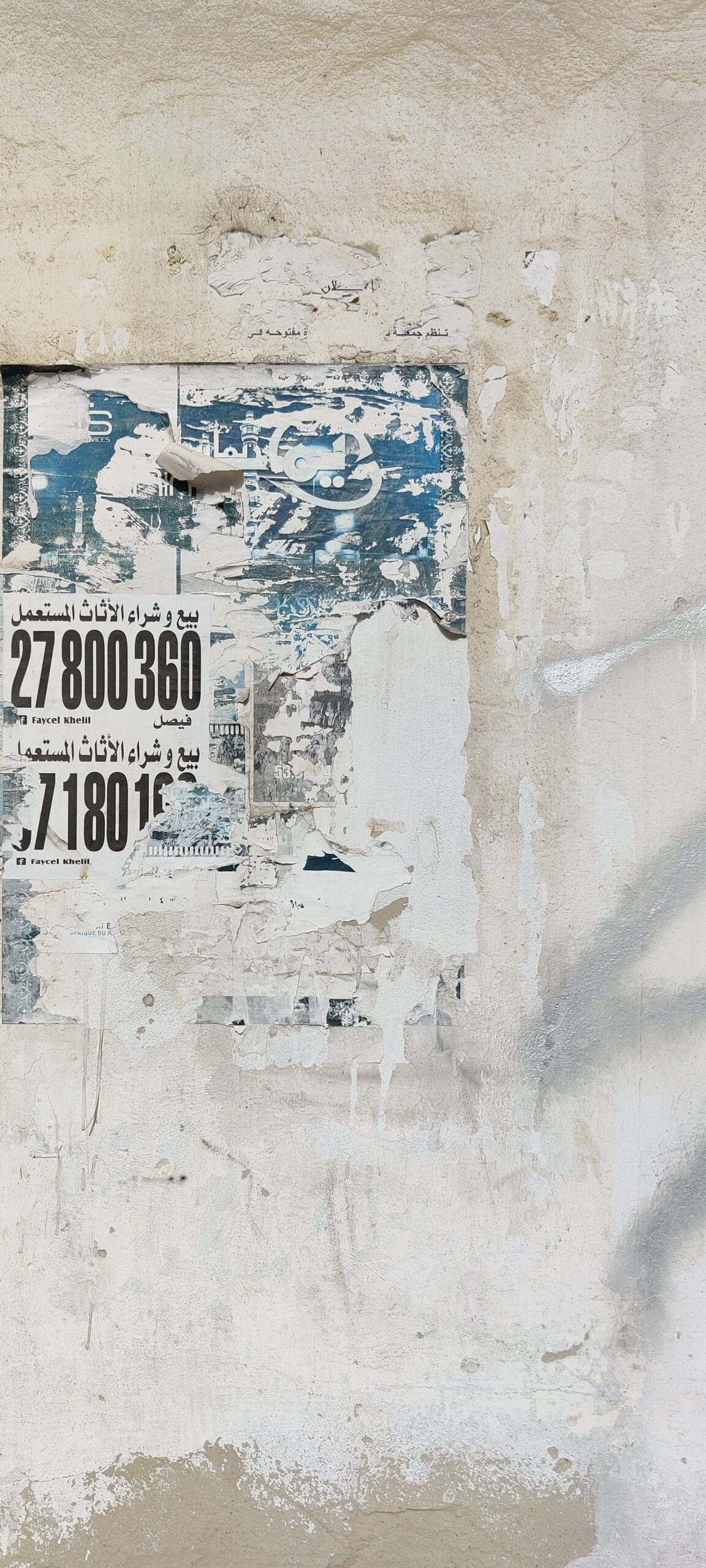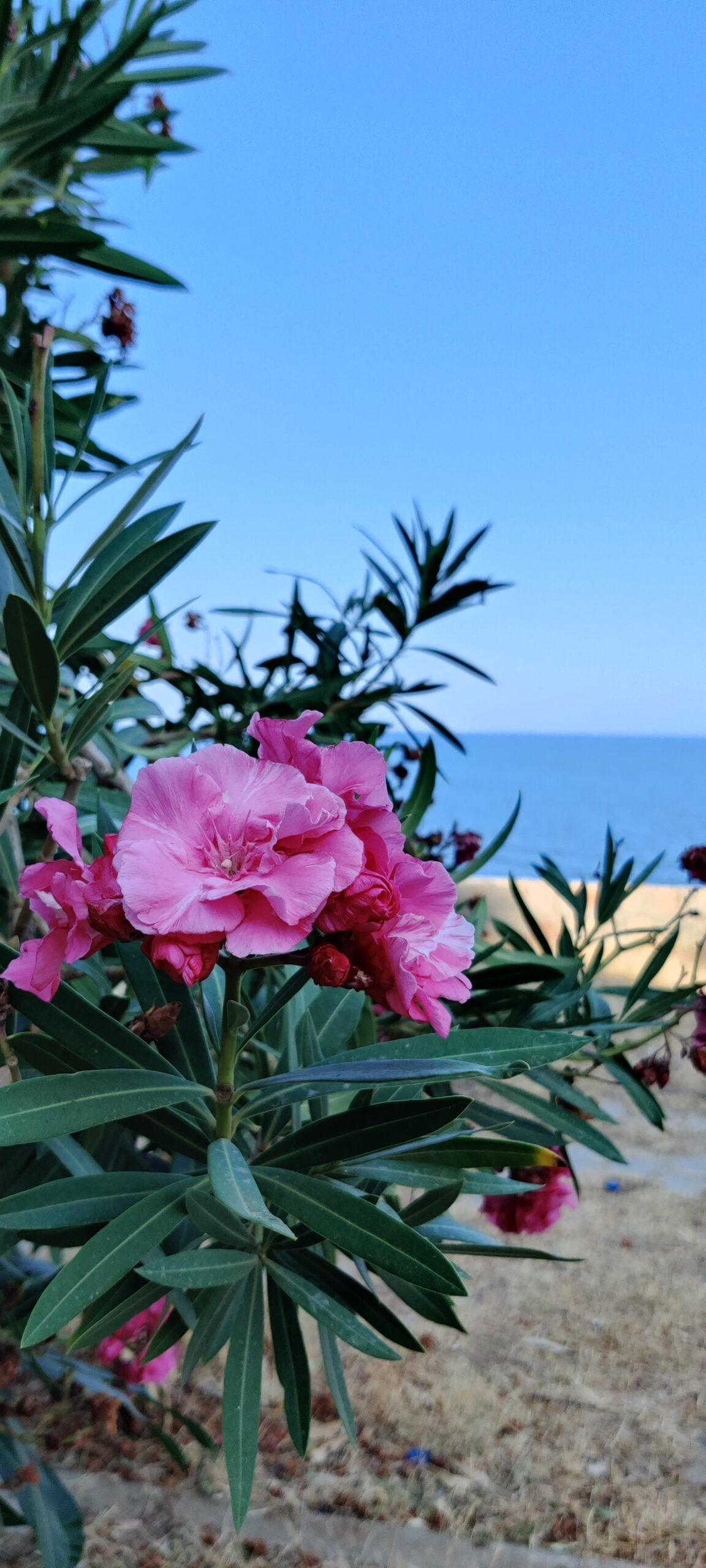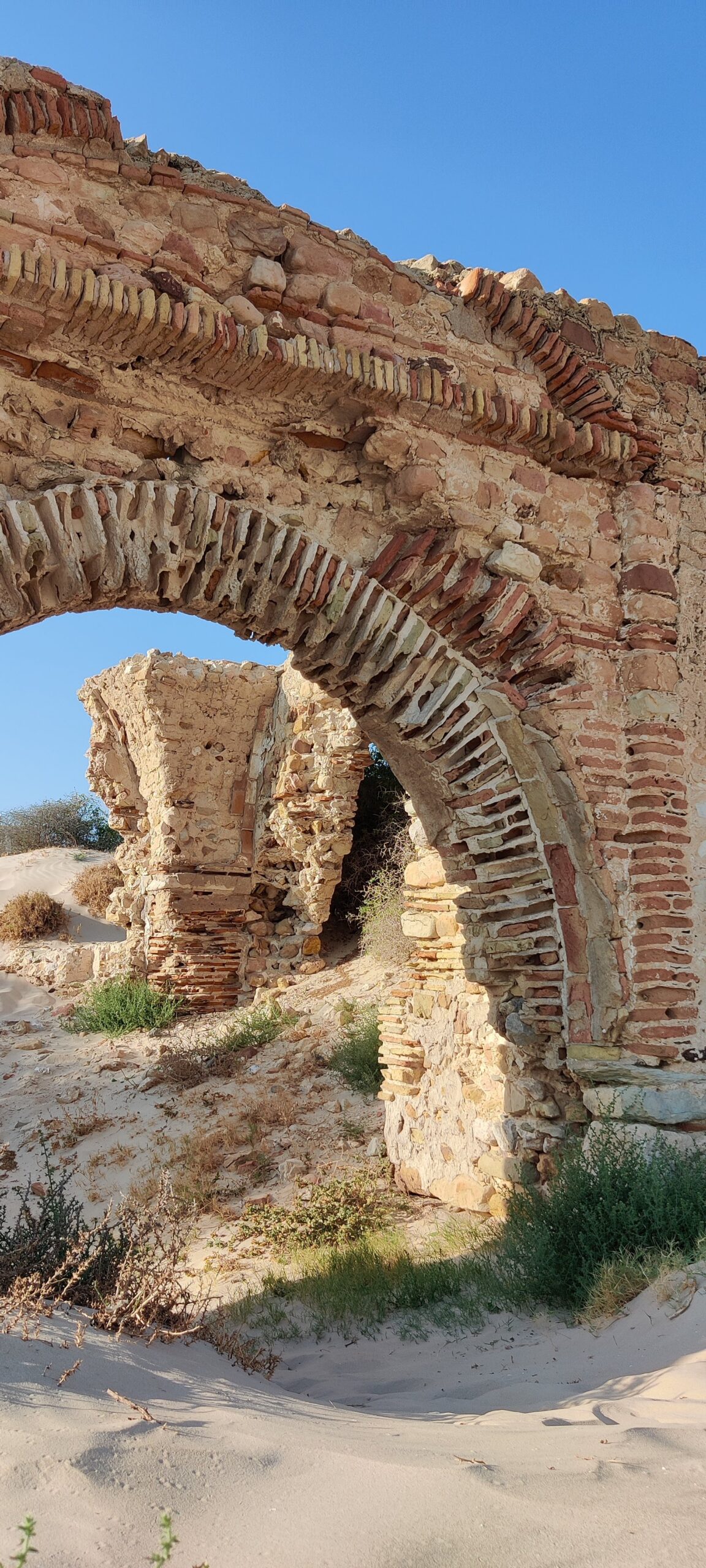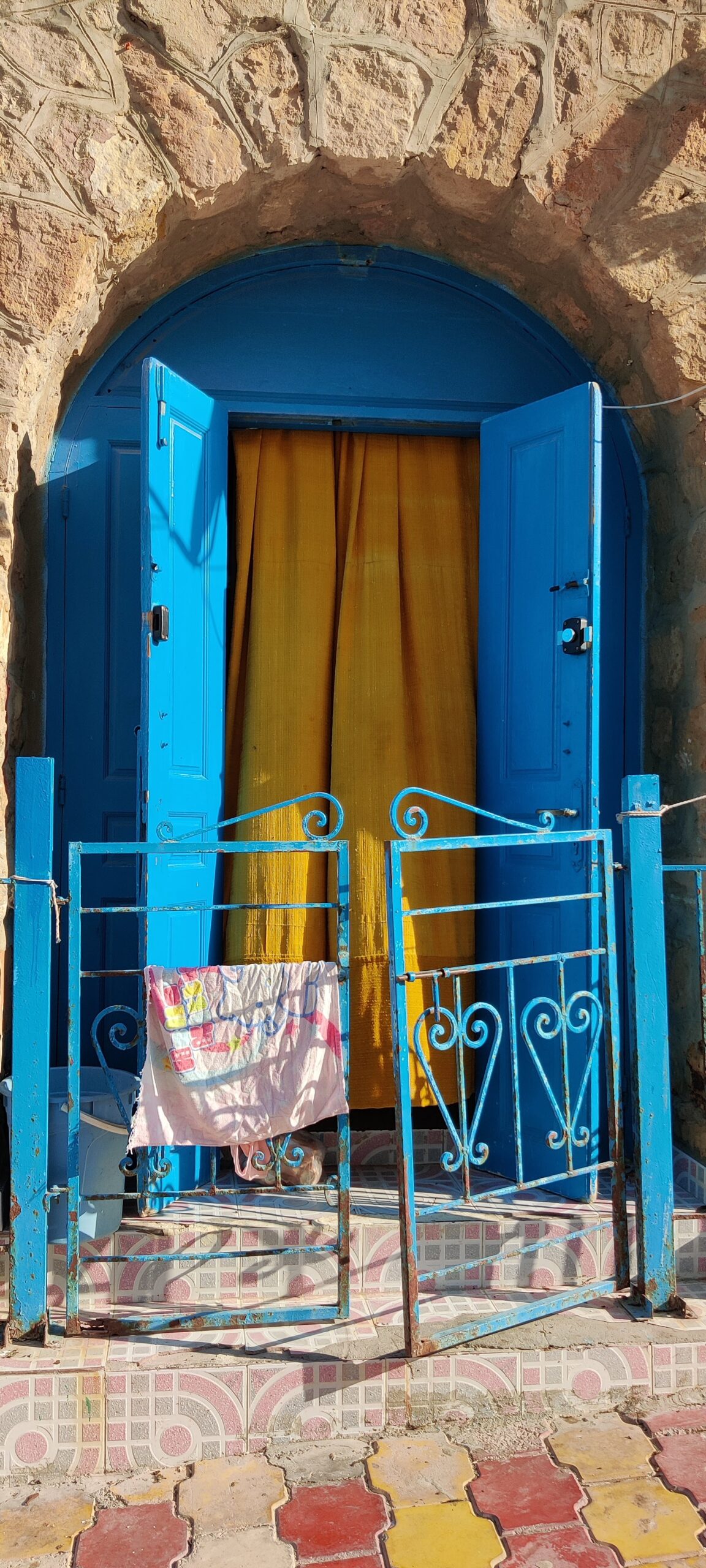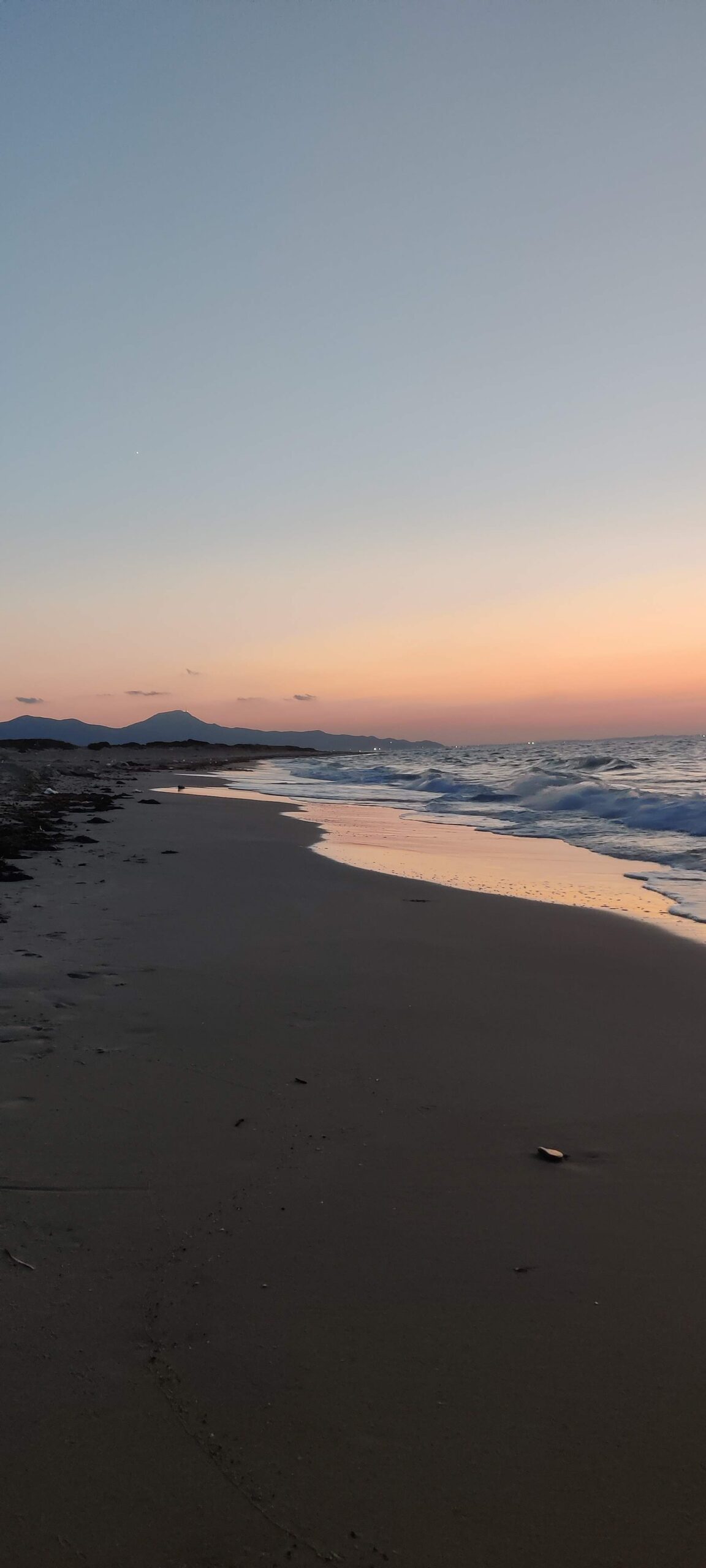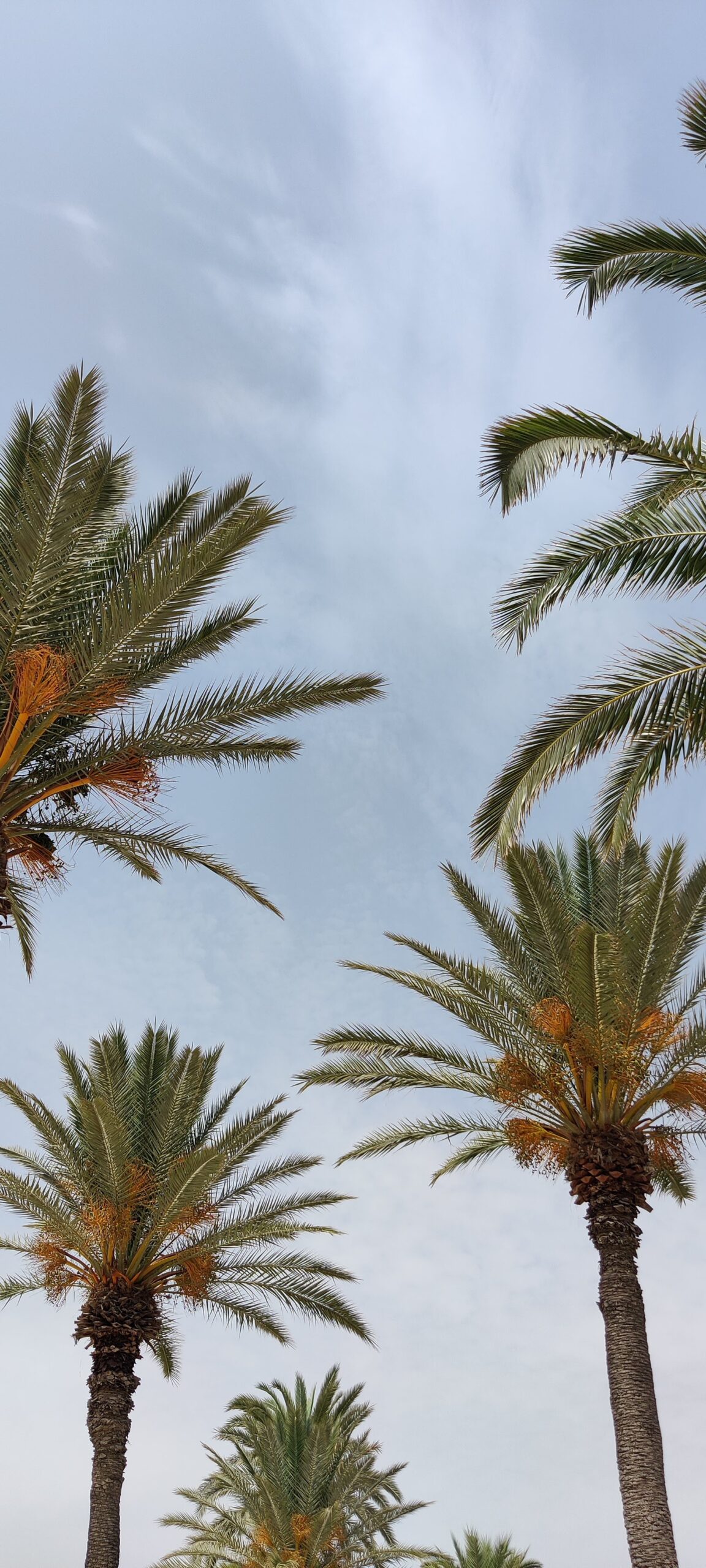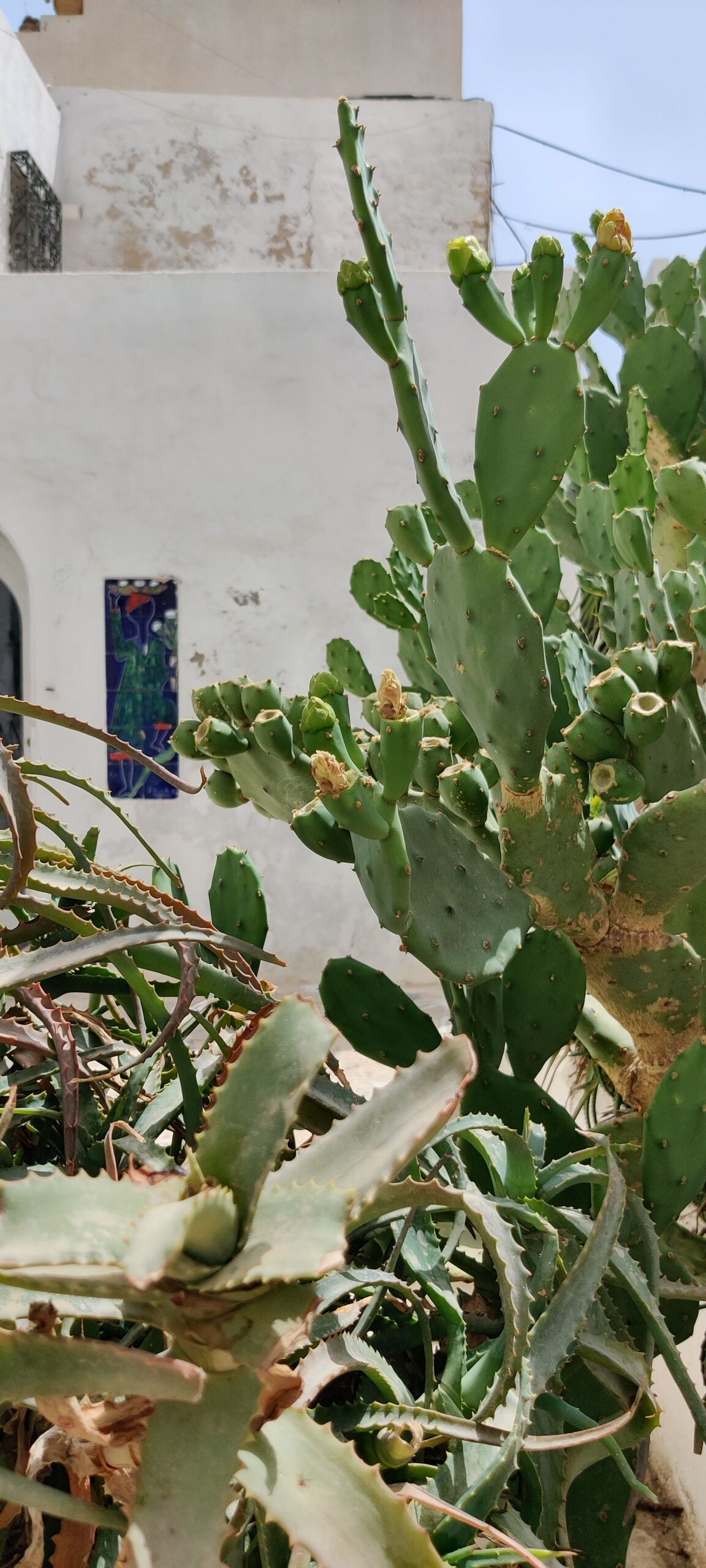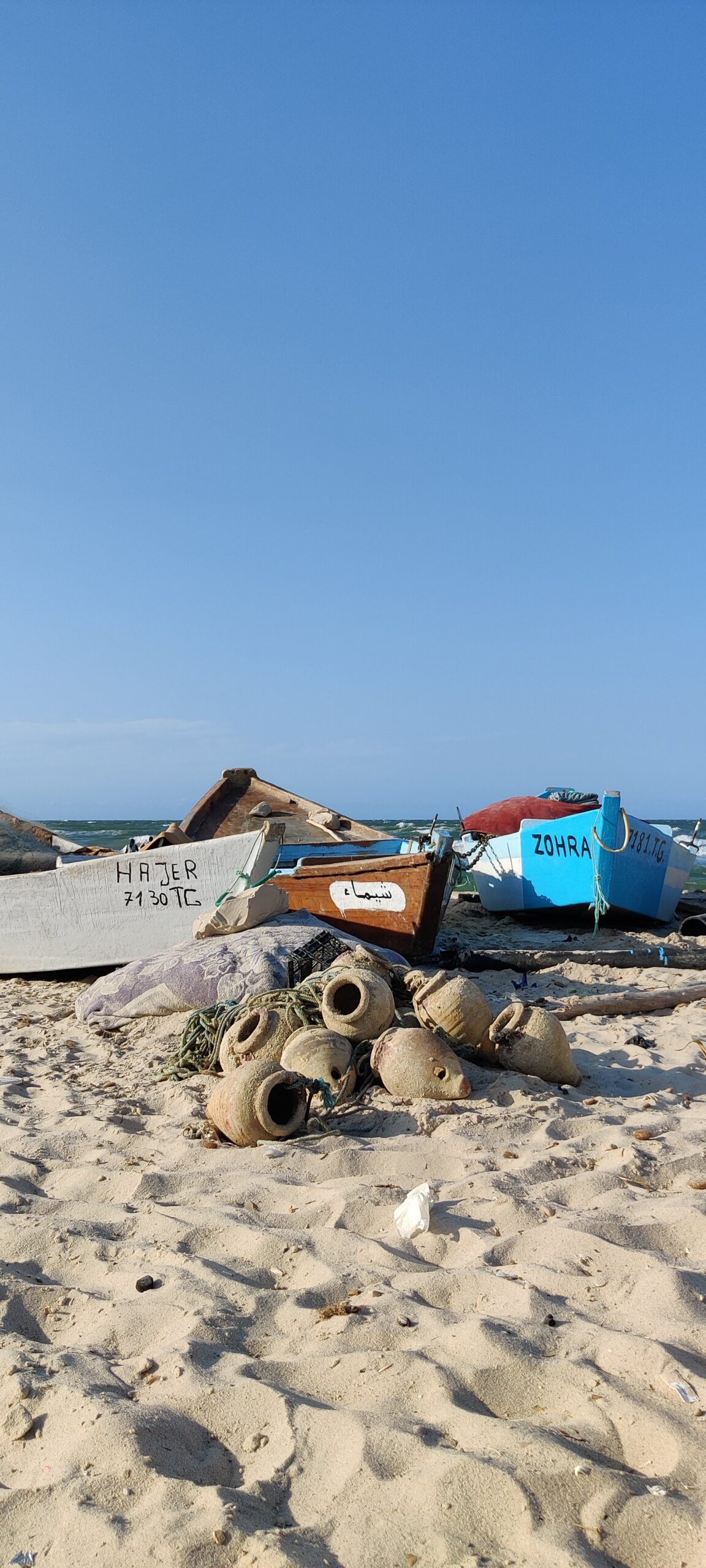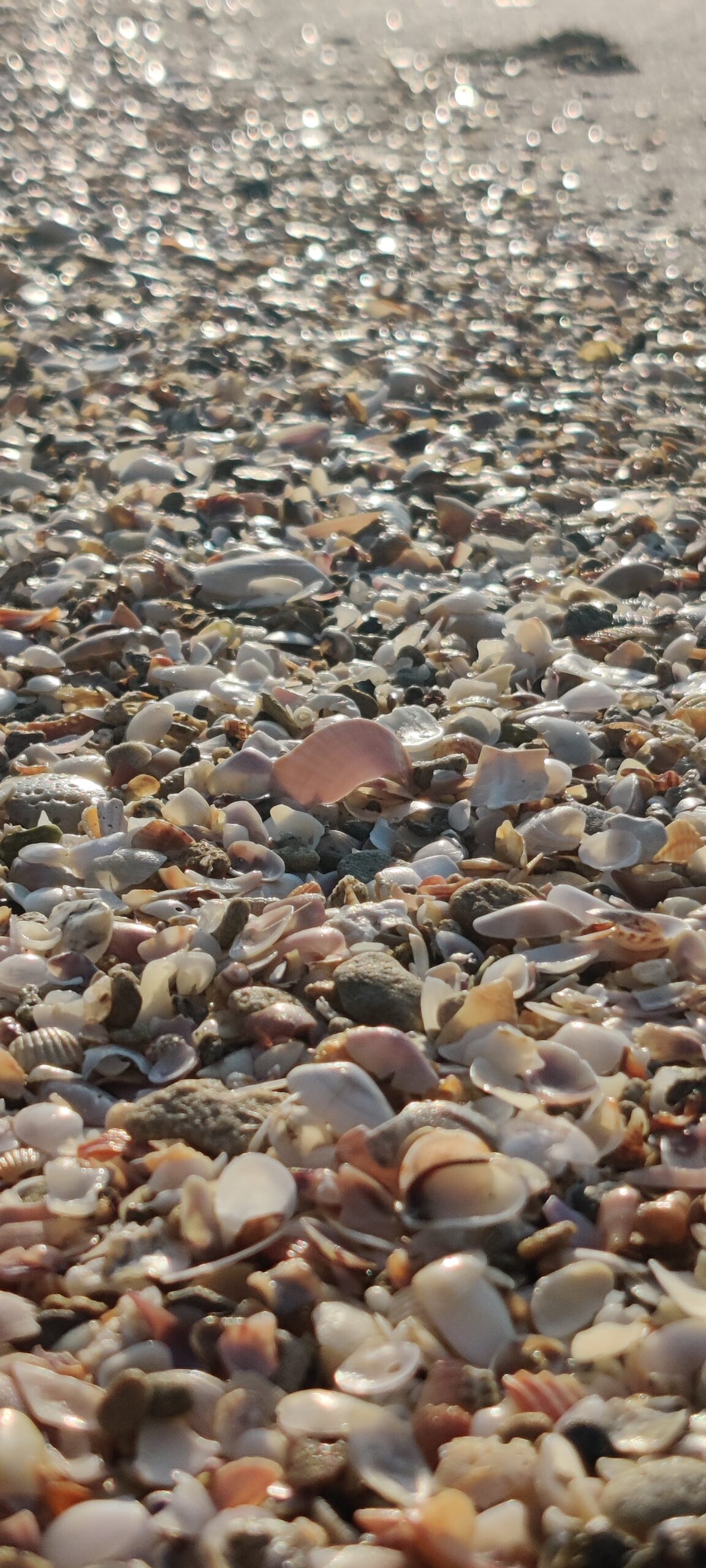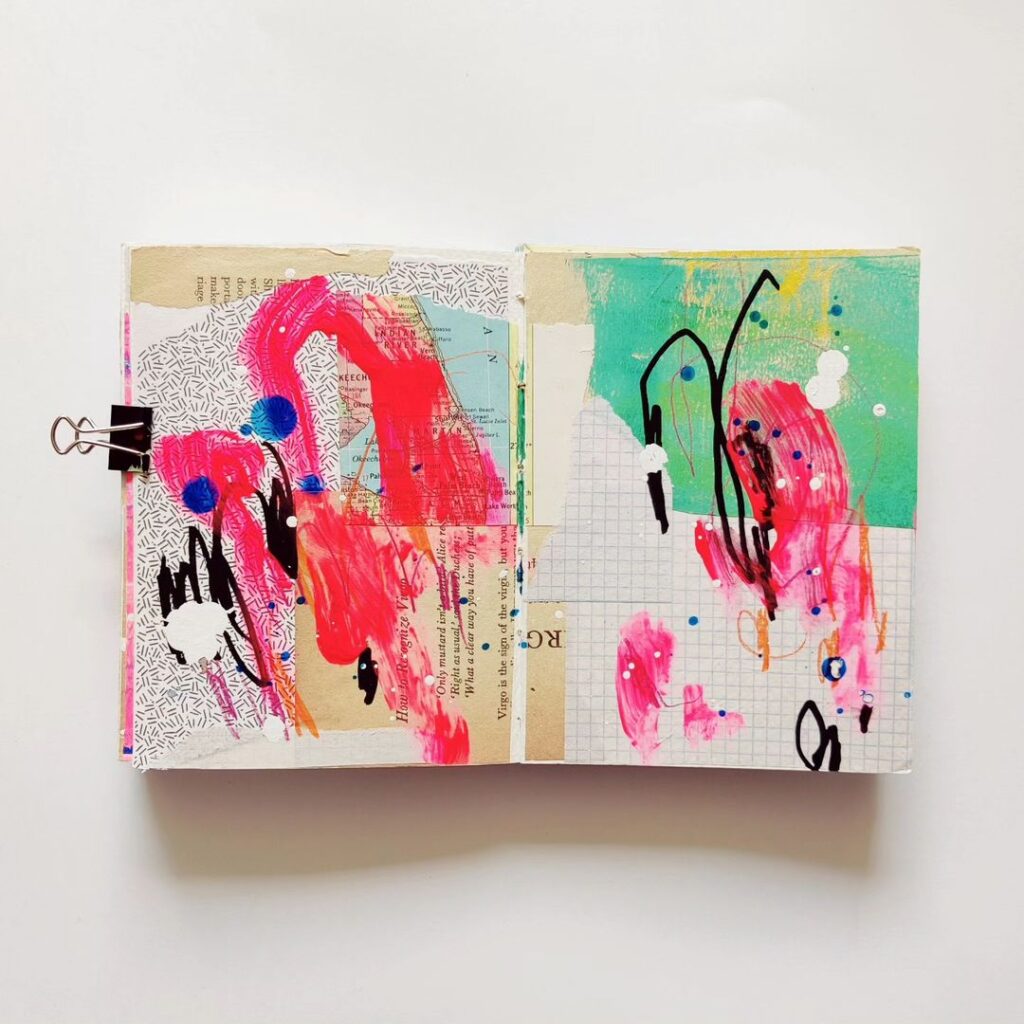
Over the weekend I took part in a Creative Hour conversation with Caylee Grey, Meg of Meg Journals, Claudette Hasenjager and more than 100 other art journalers. Caylee is the founder of Get Messy, and Claudette, Meg, and I are three of thirty artists leading this year’s Messy May, a free daily art journaling project.
Connecting with other creatives is something I treasure. Sharing processes, challenges, inspiration, and habits reminds me both of how deeply personal creating necessarily is, and also how universal and innately human creativity is. I am always humbled and inspired, and leave more curious about and committed to my creative practice.
Thank you to all the participants for joining, and to Claudette, Meg, and Caylee for a fantastic conversation.
PLAY in Messy May
For me, creating is a practice of tapping into childlike wonder and intuition. There is no room in my art journal for criticism or perfectionism — only curiosity, joyful exploration, and reflection. As a Messy May featured artist, I encouraged participants to let go of expectations and tap into playfulness and possibility.
Check out the video above for a time lapse of my process, and some additional creative prompts to encourage playfulness.
And below, just a few of the many, many responses to the PLAY prompt. Click on any image to be taken to the artist’s feed. (If you decide to give it a go, please tag me on Instagram! I’d love to see what you make.)
